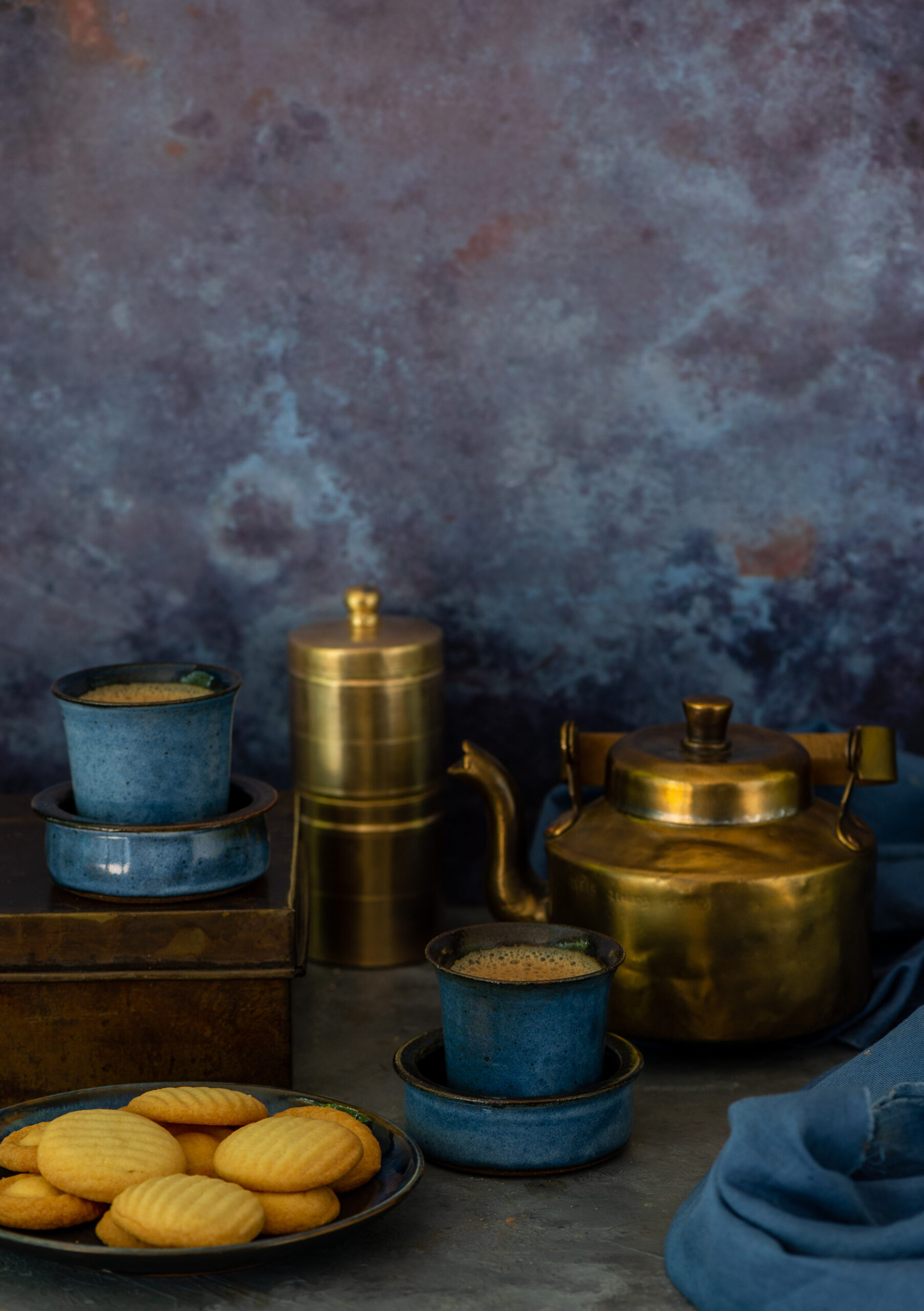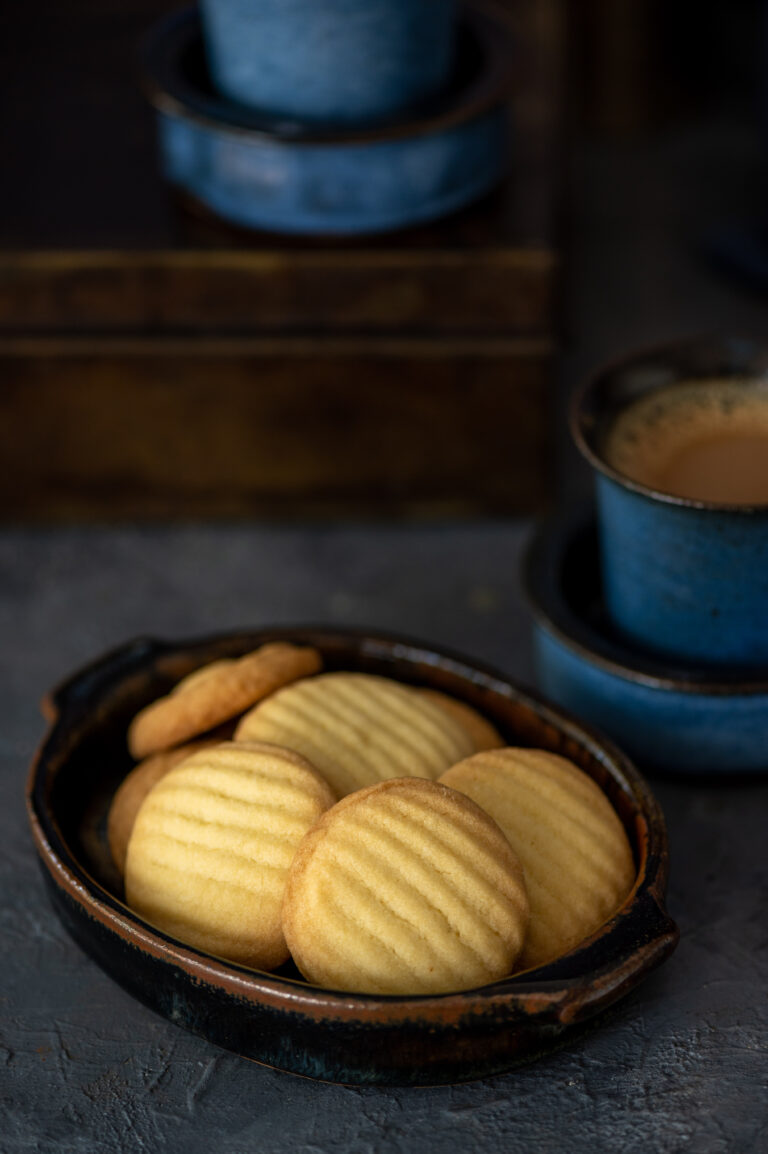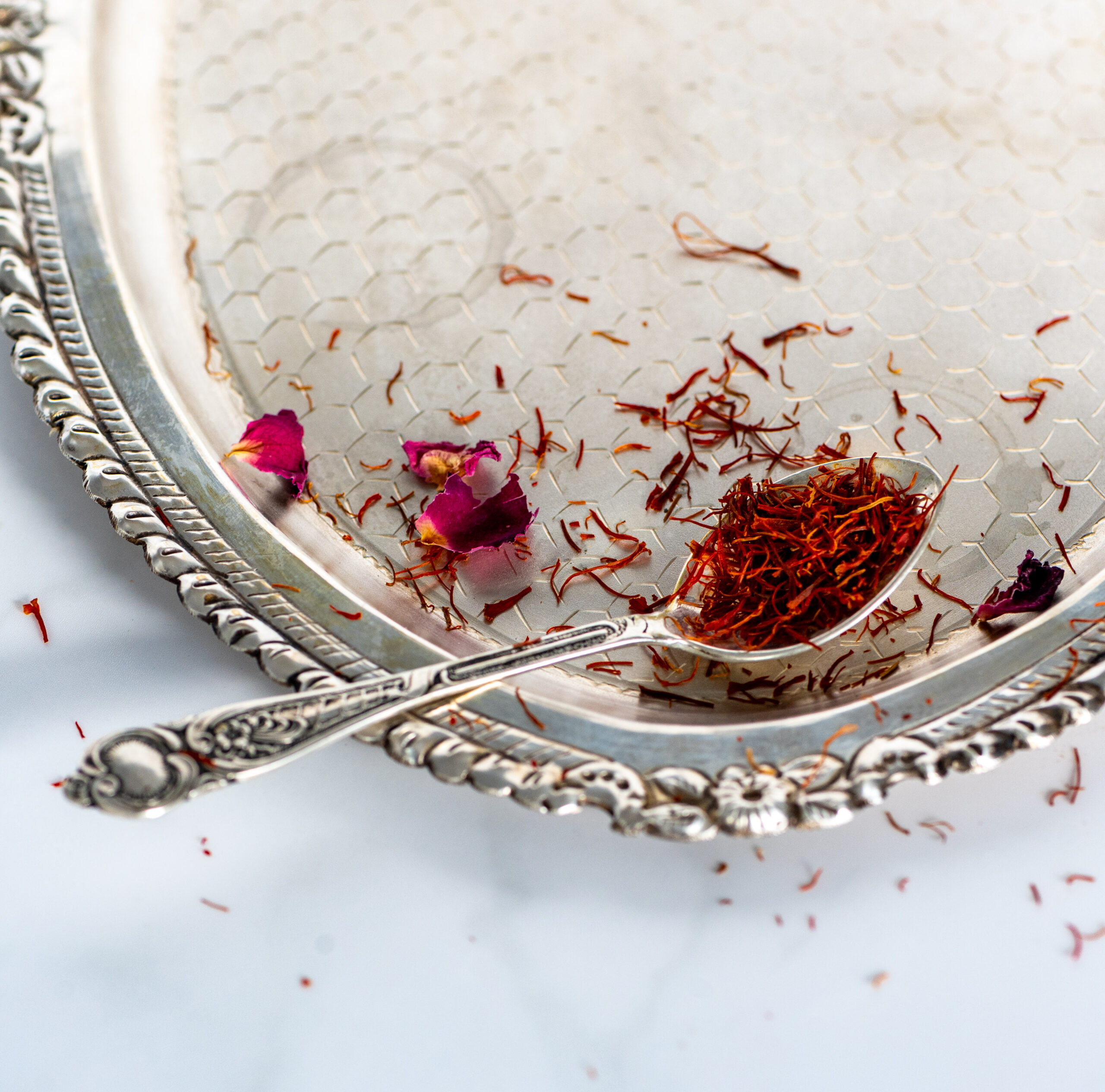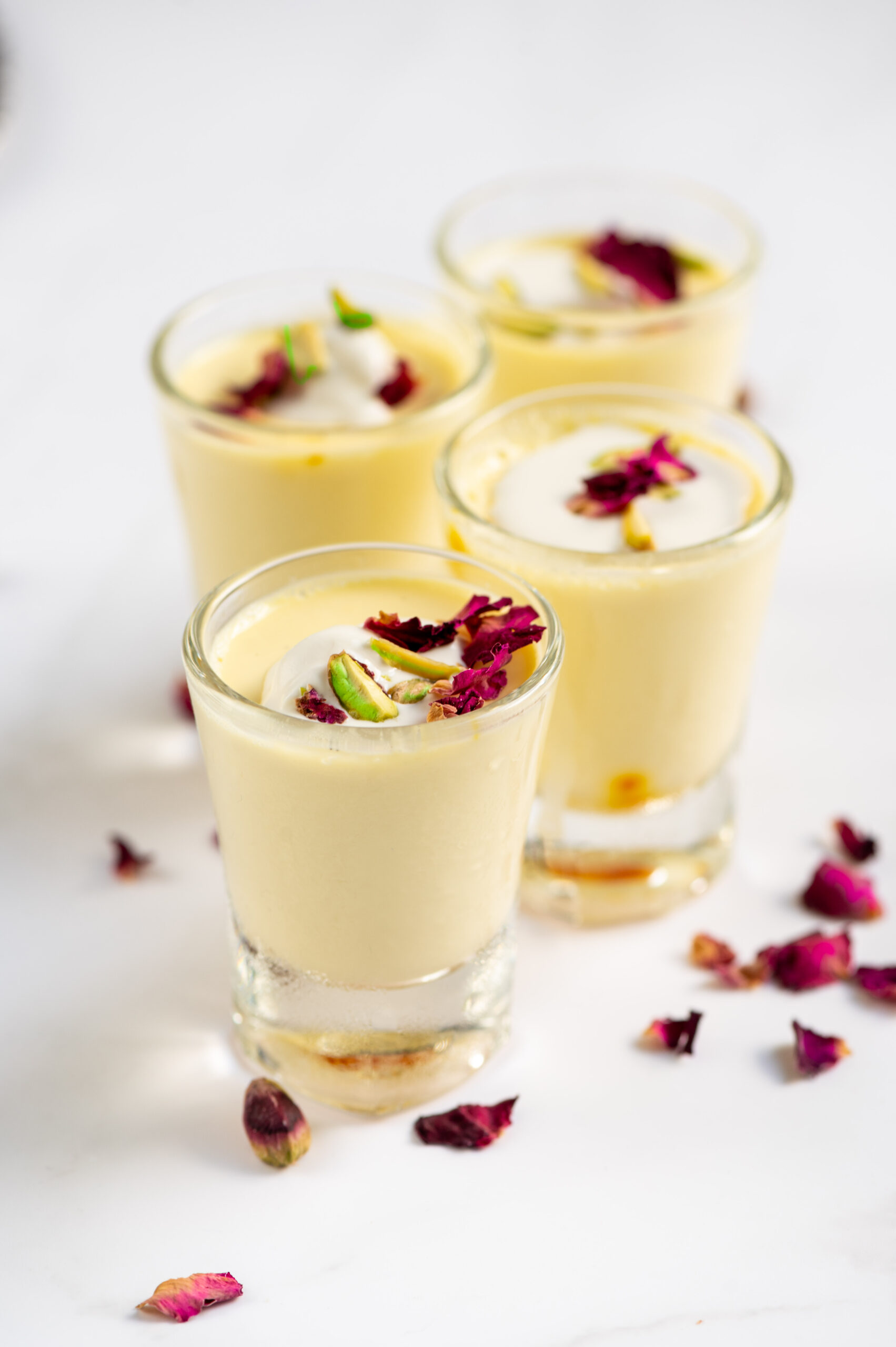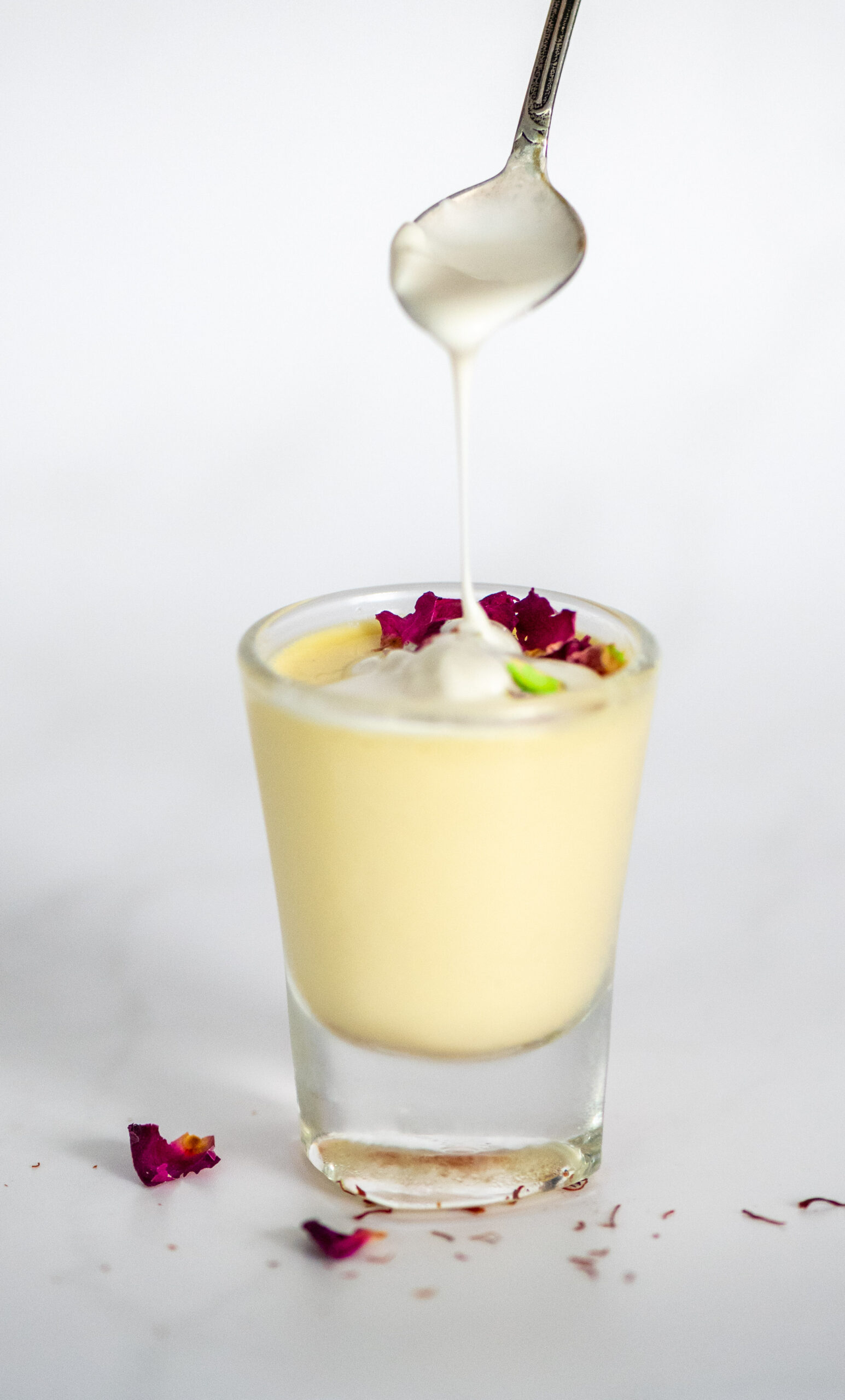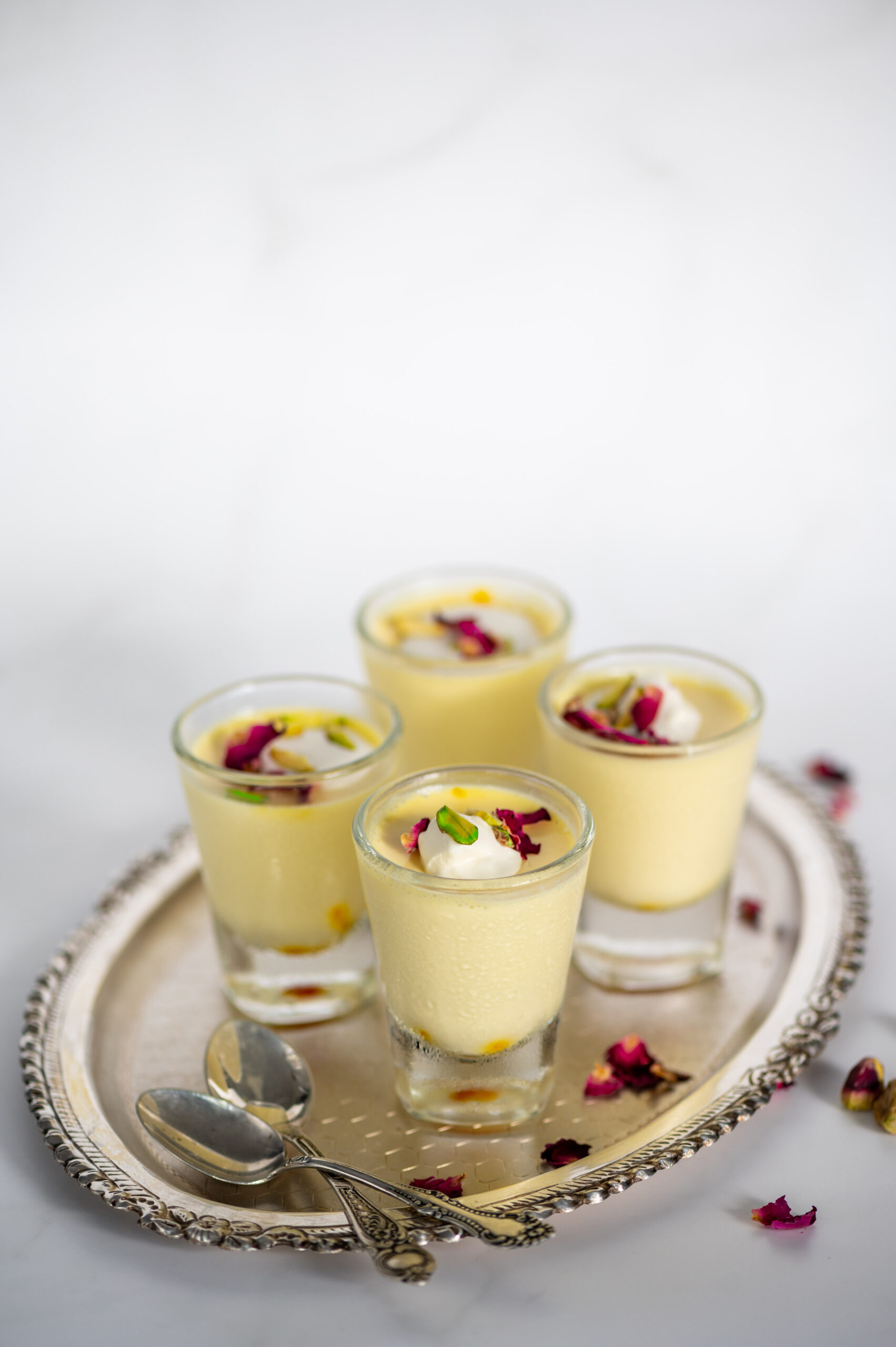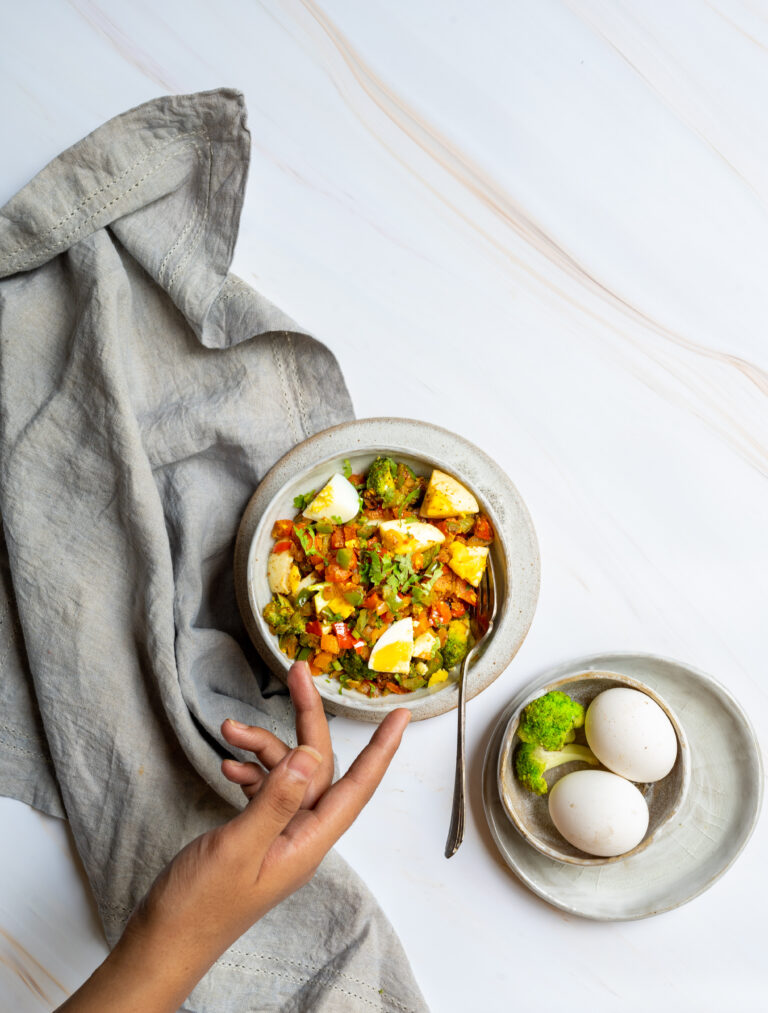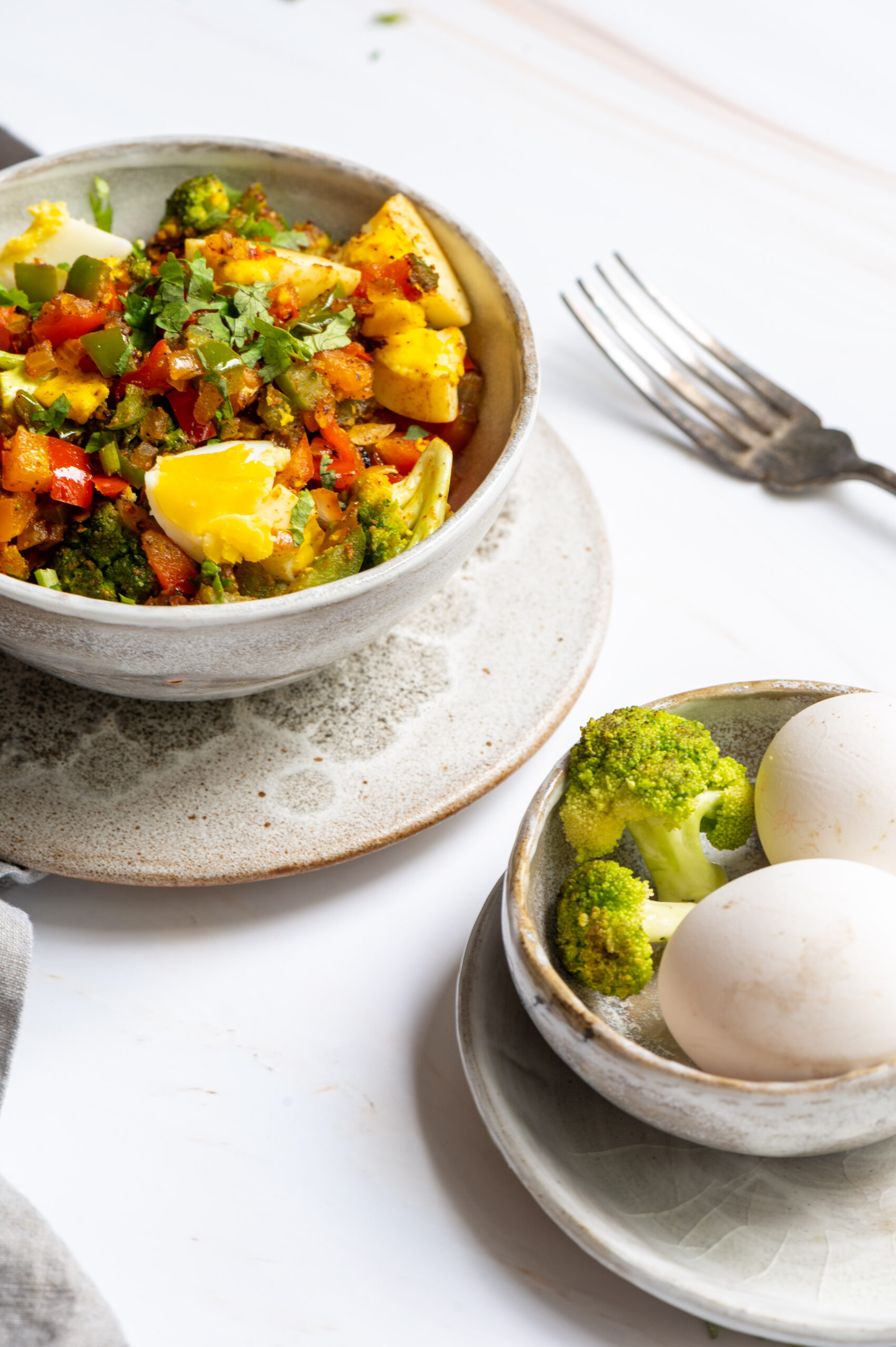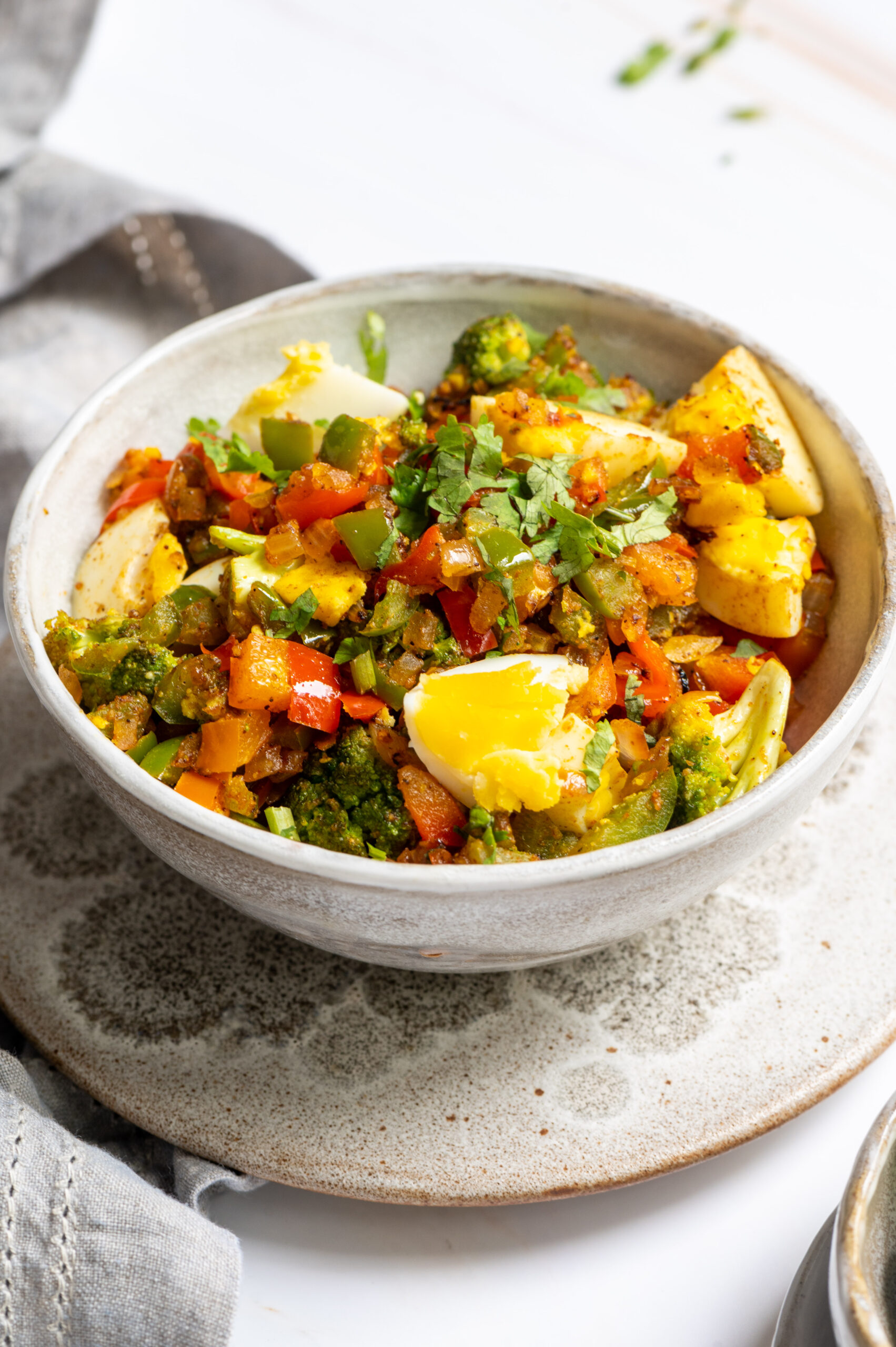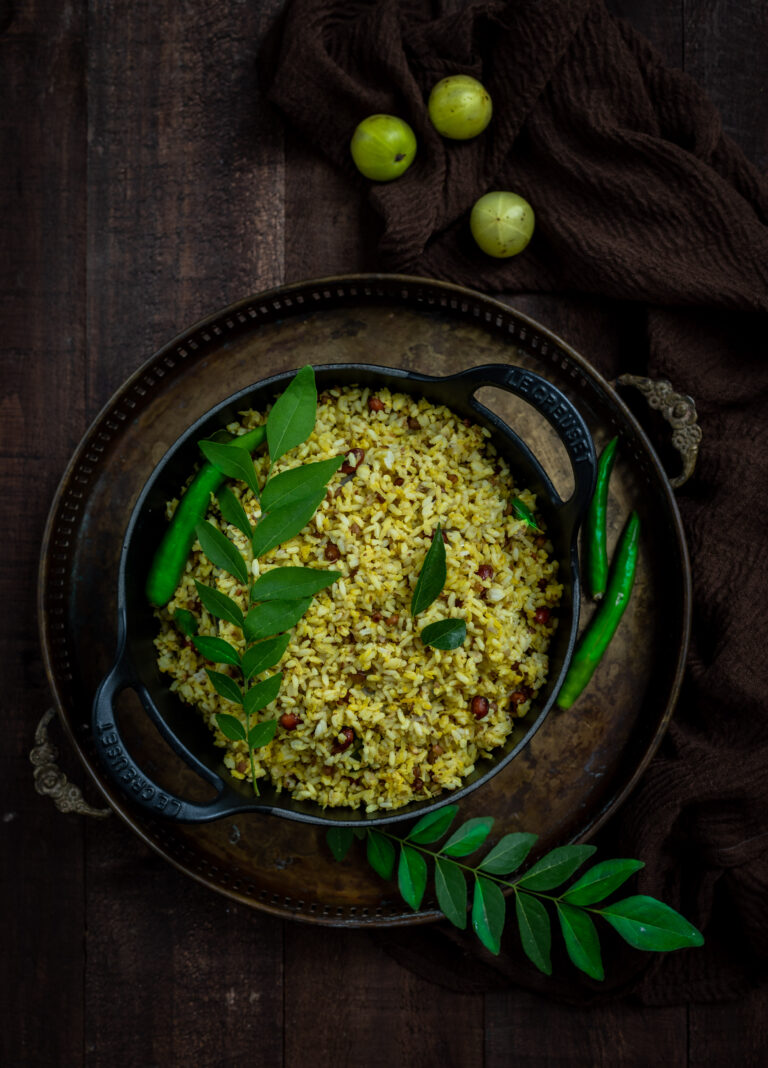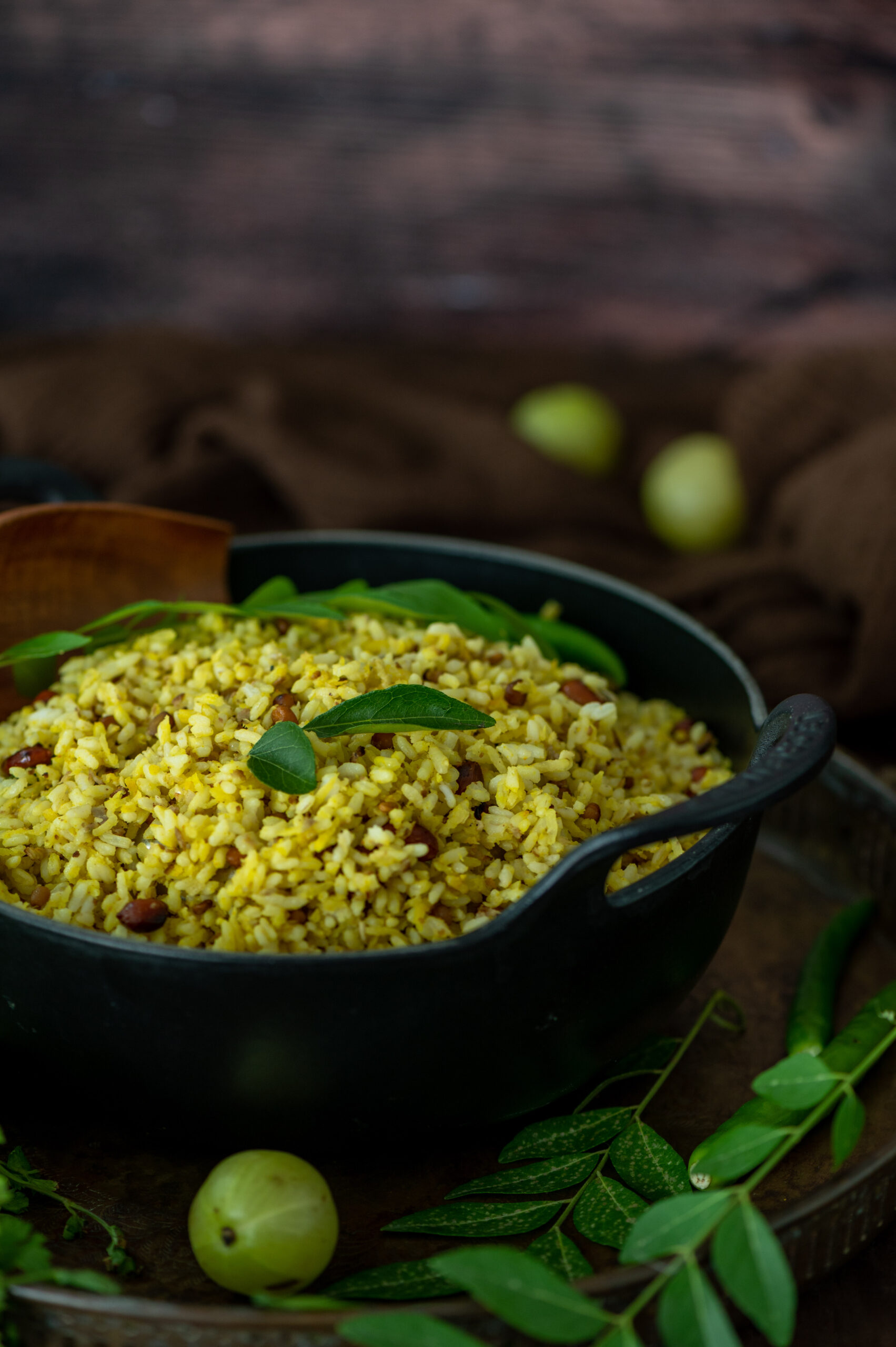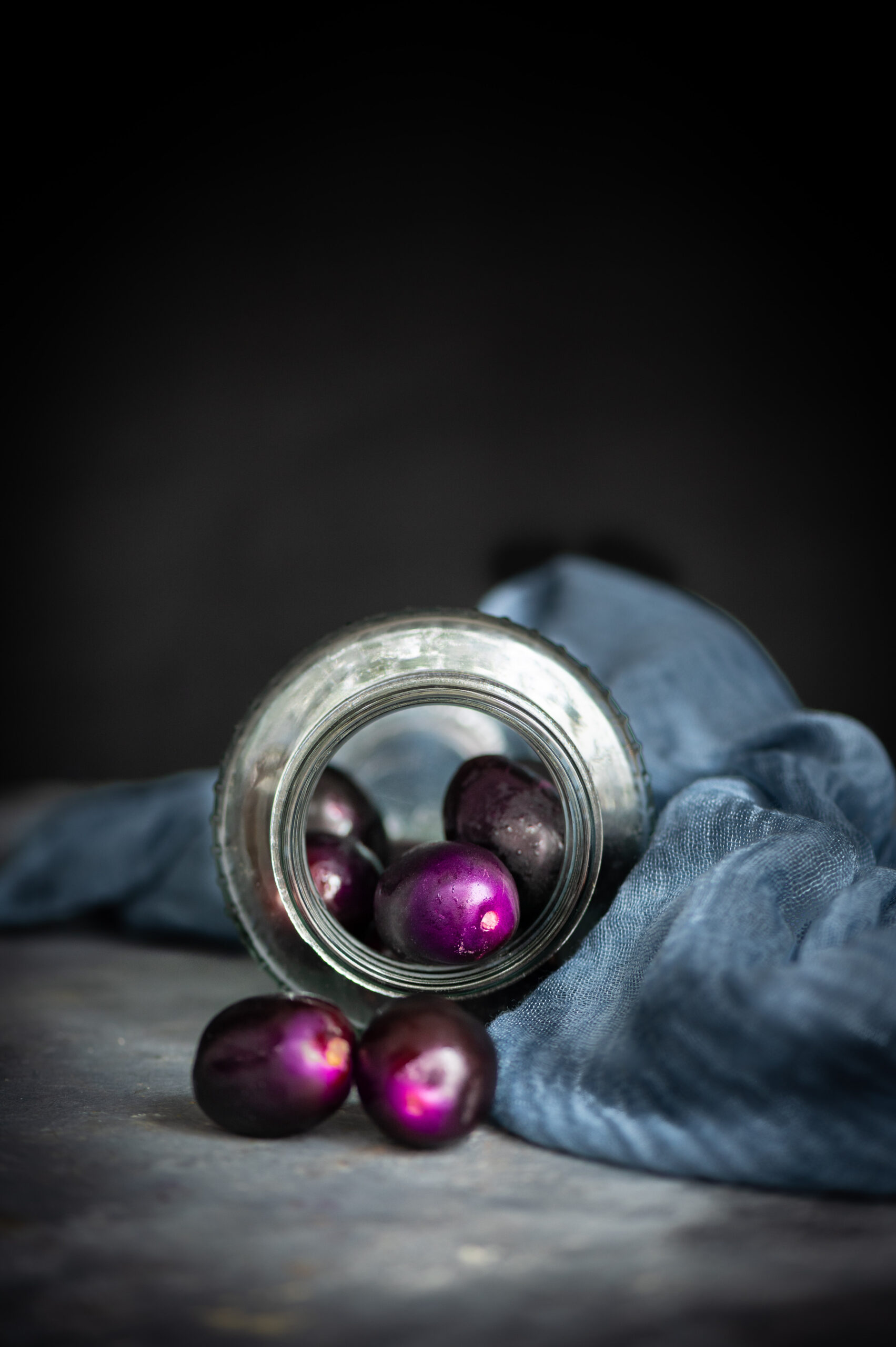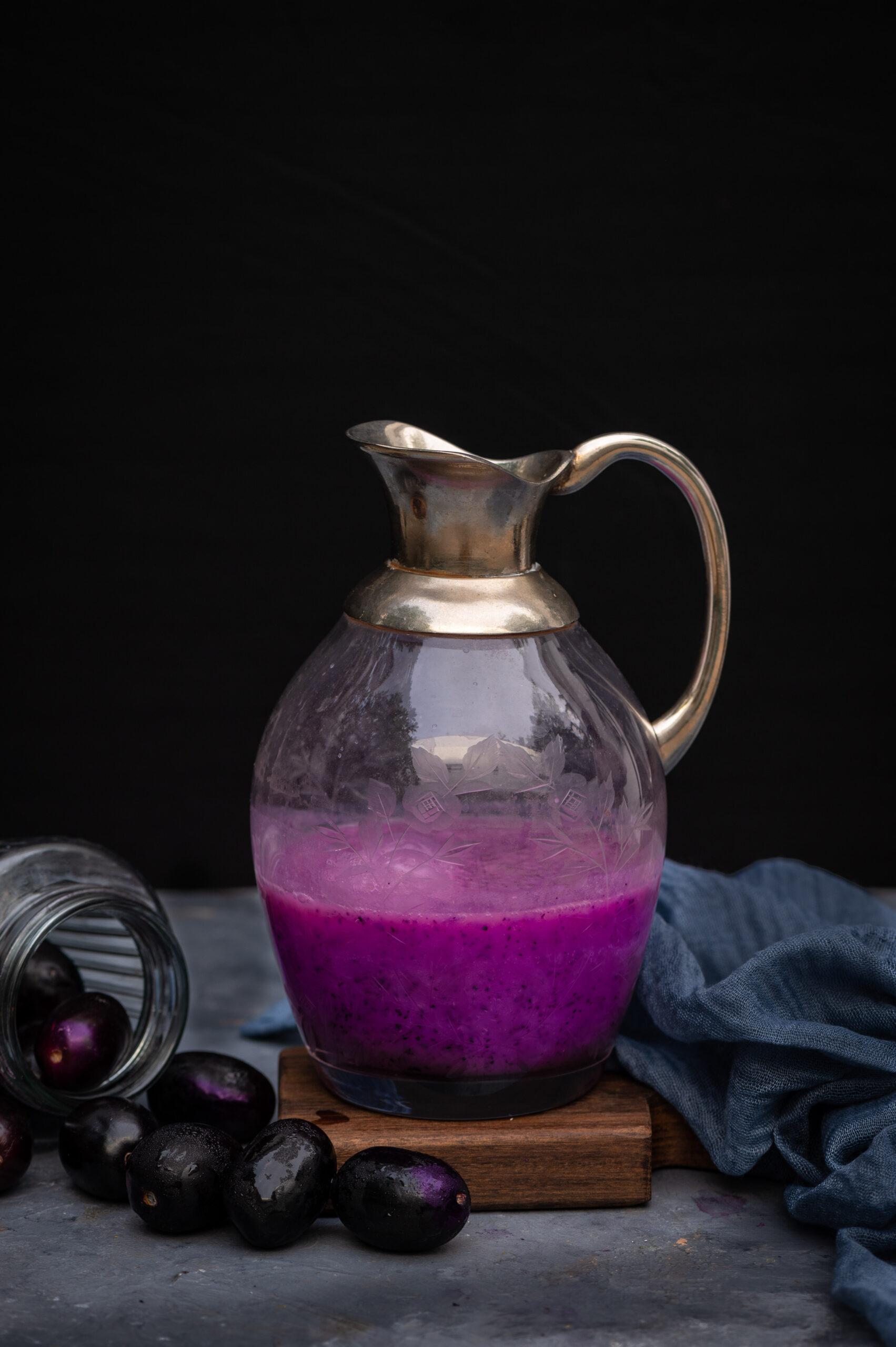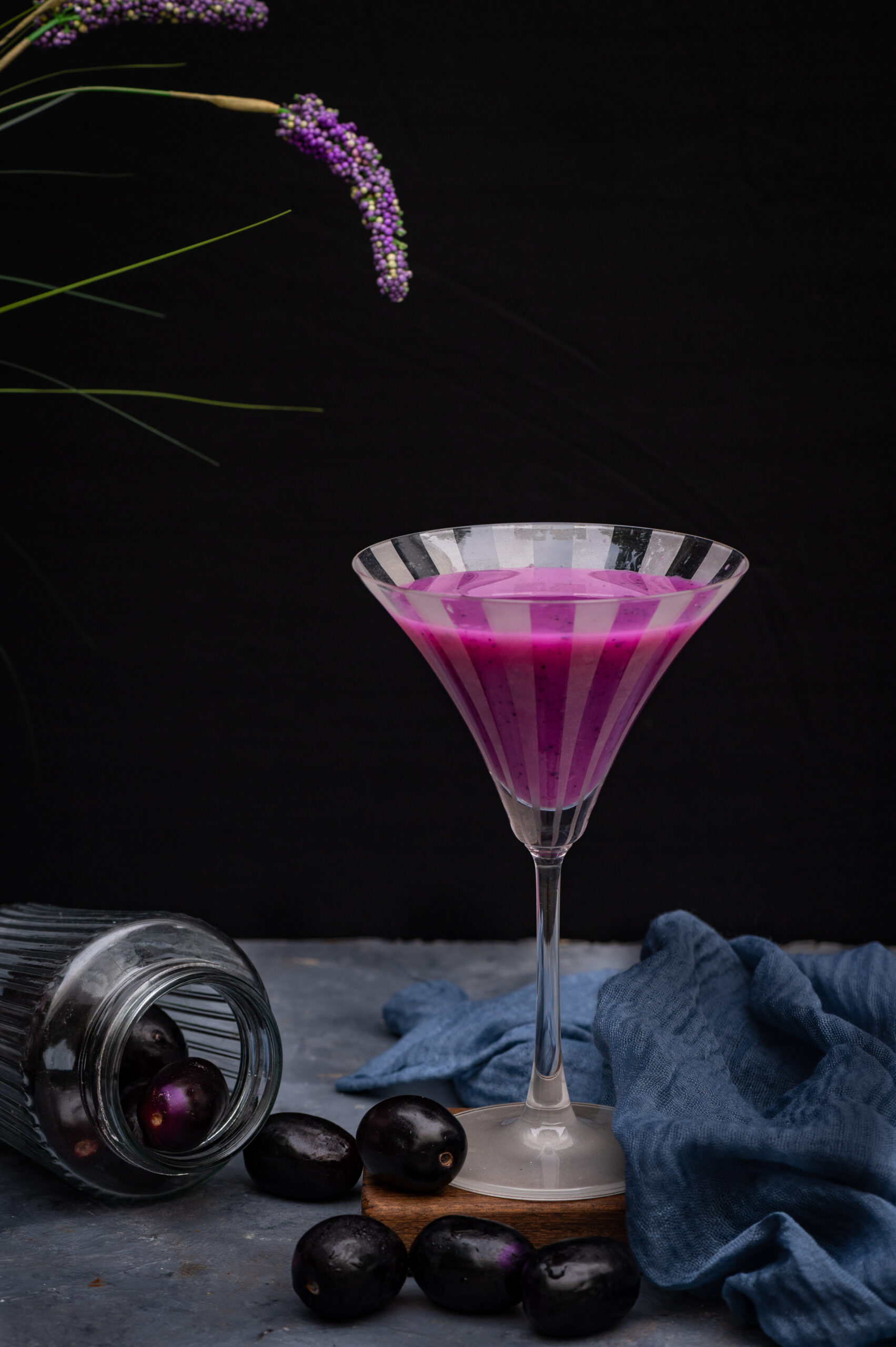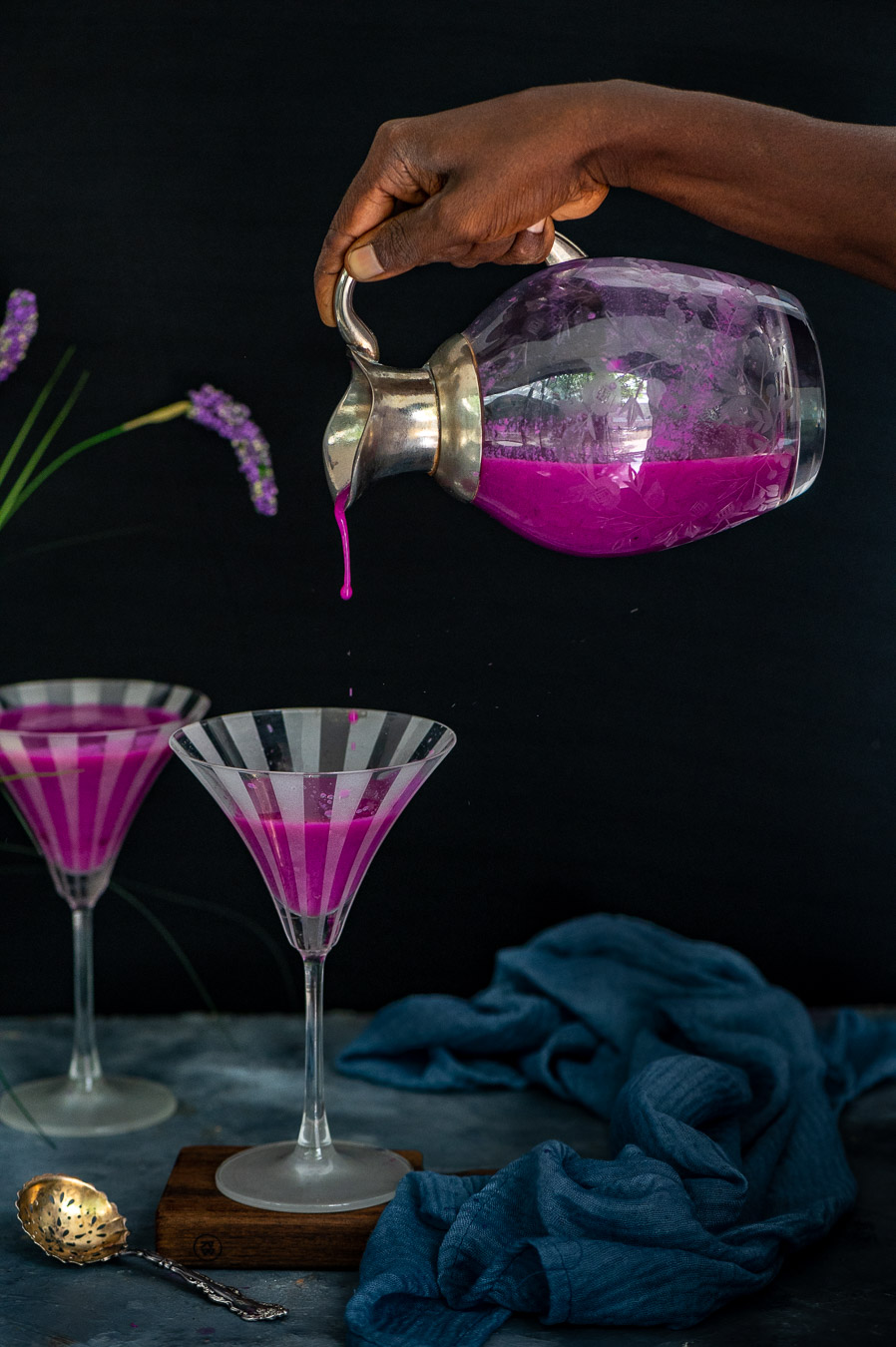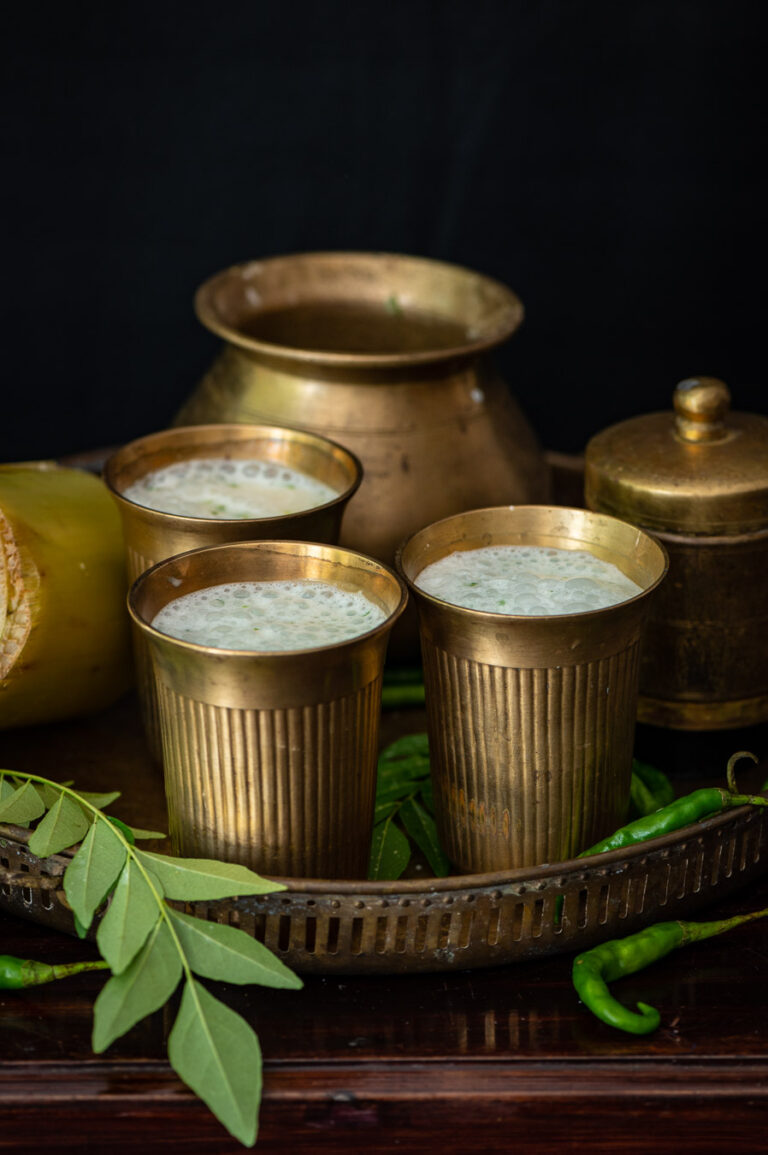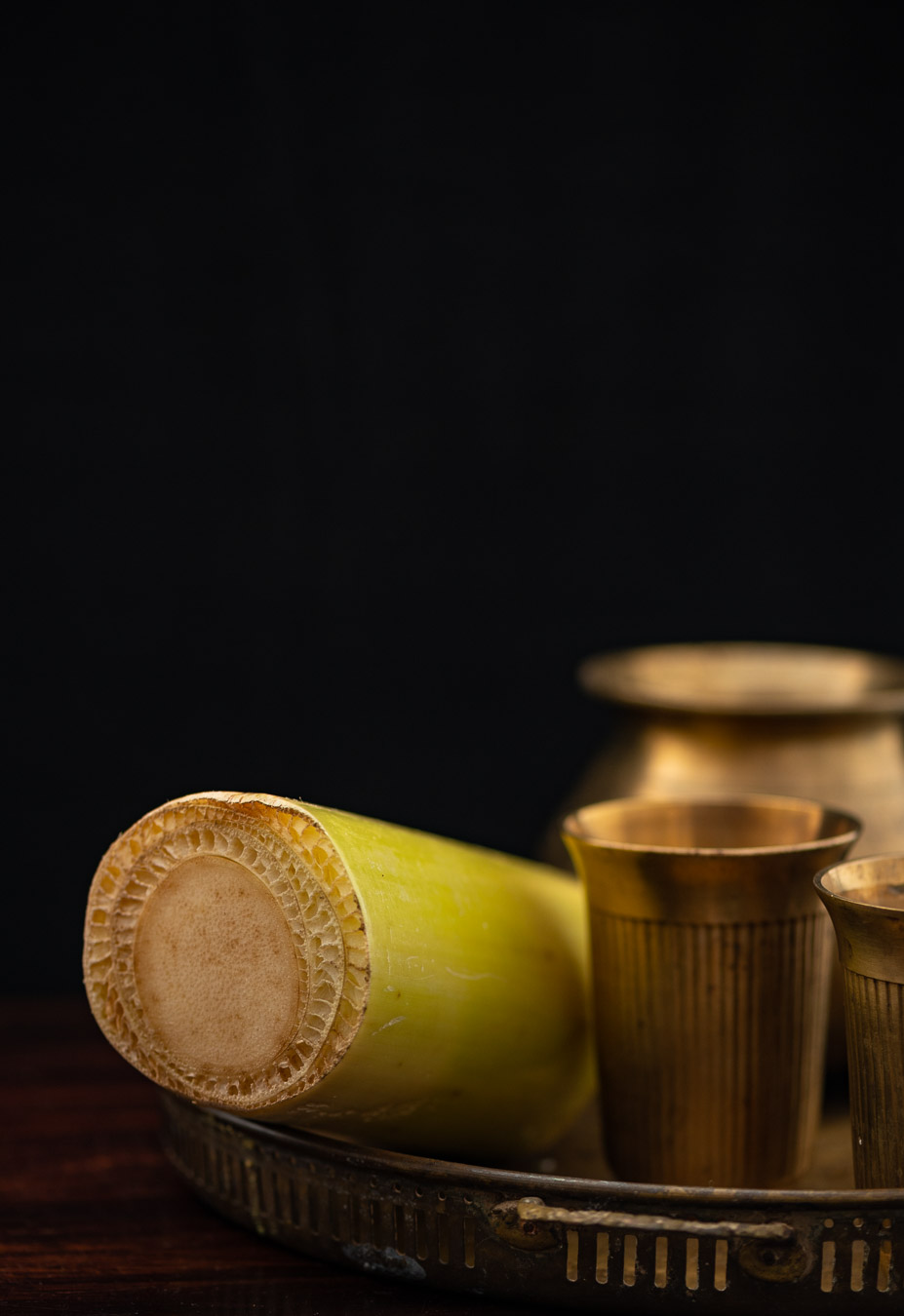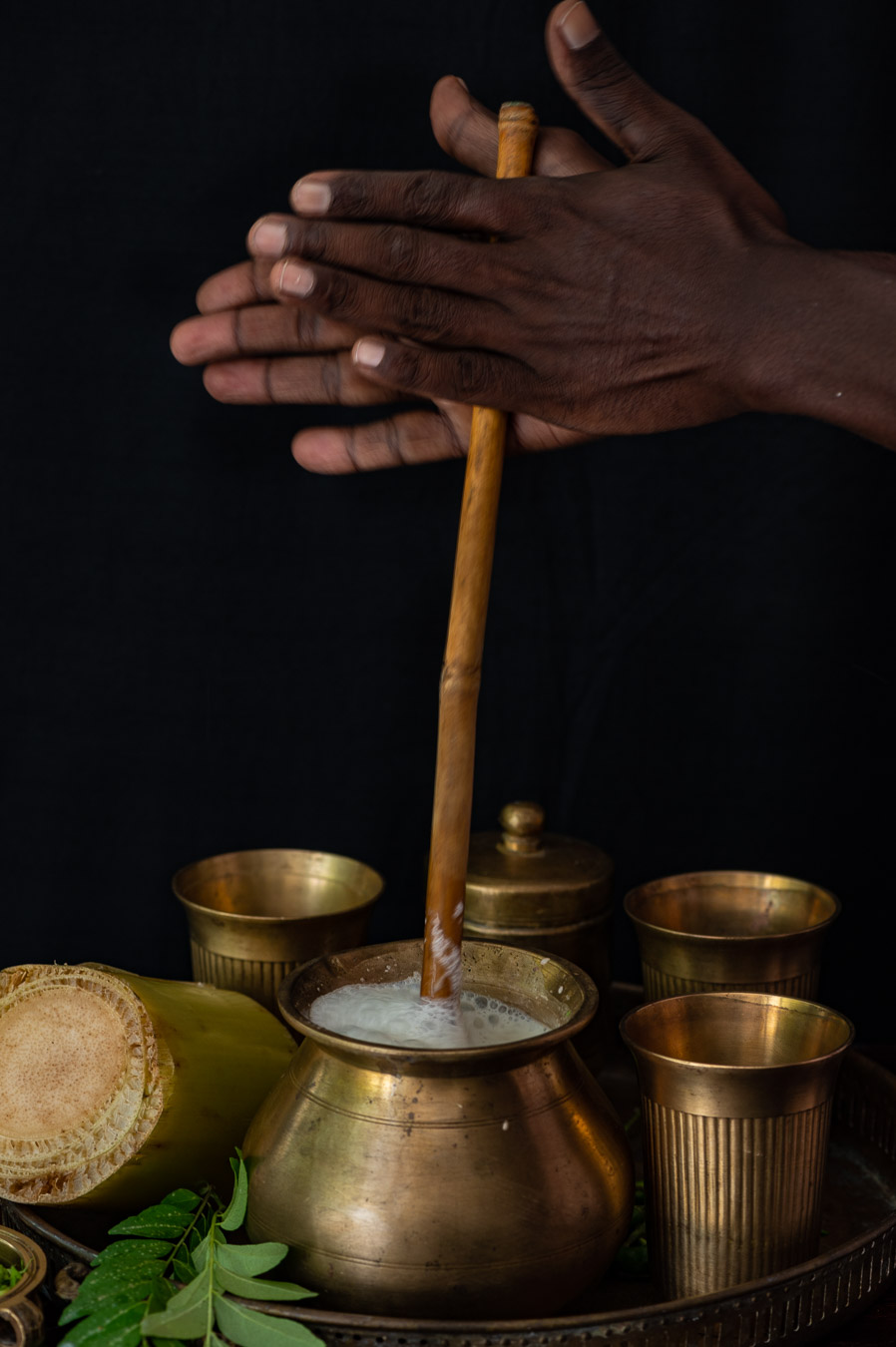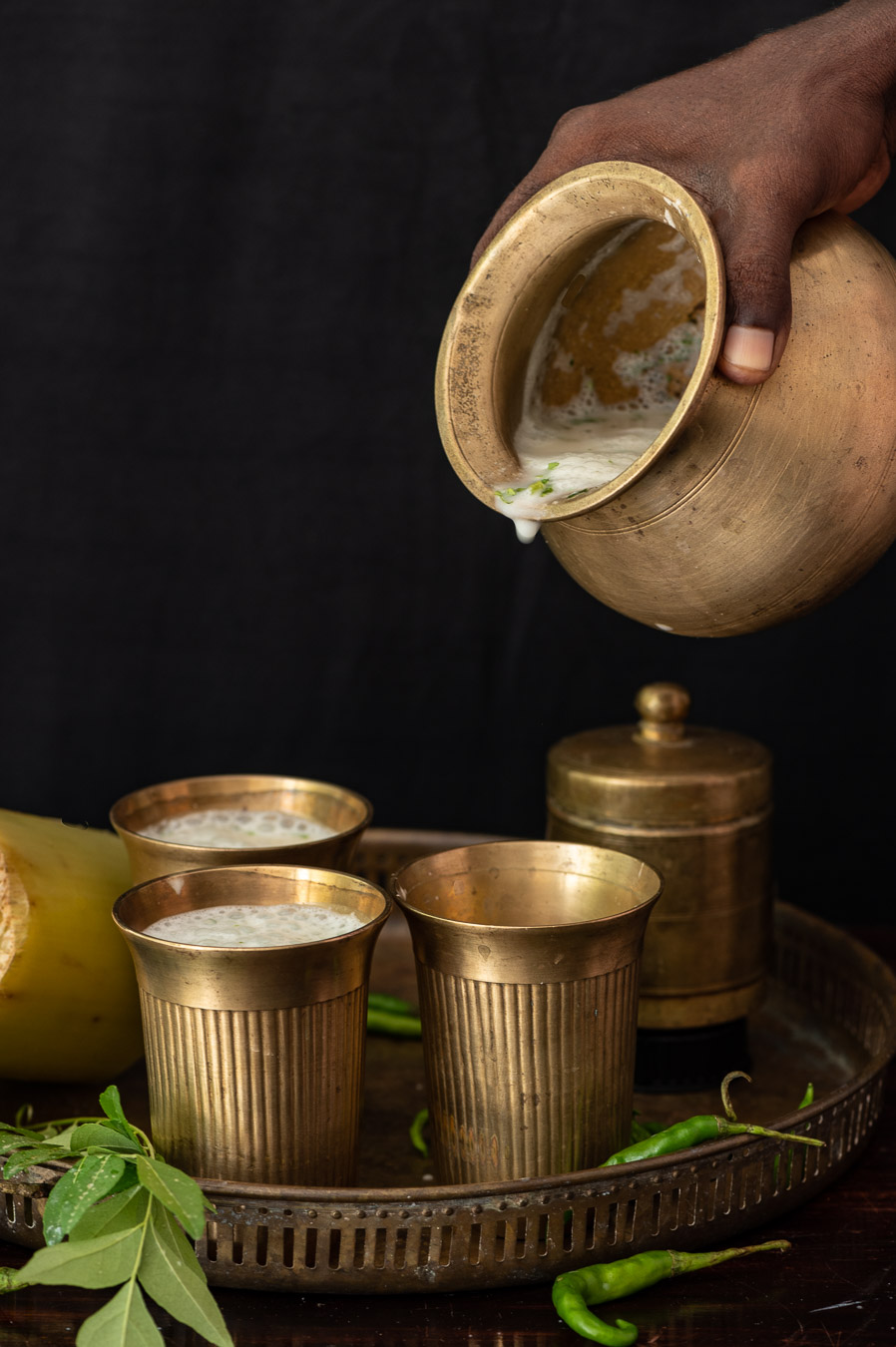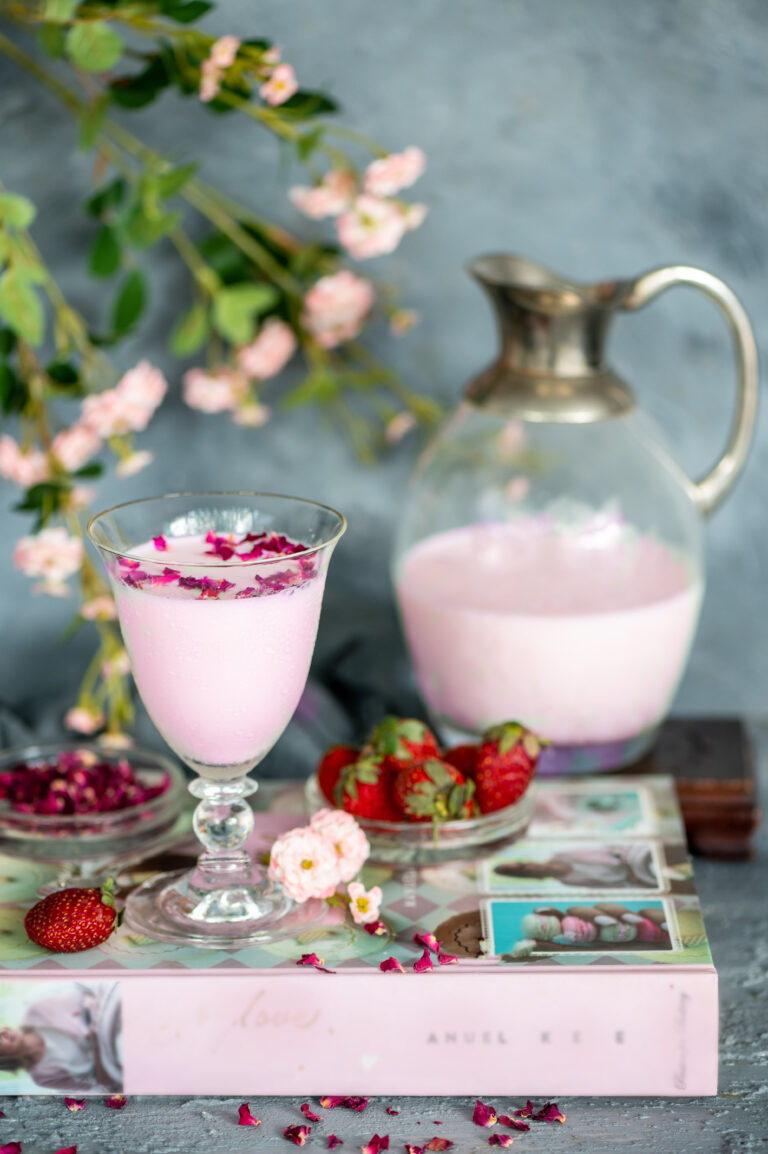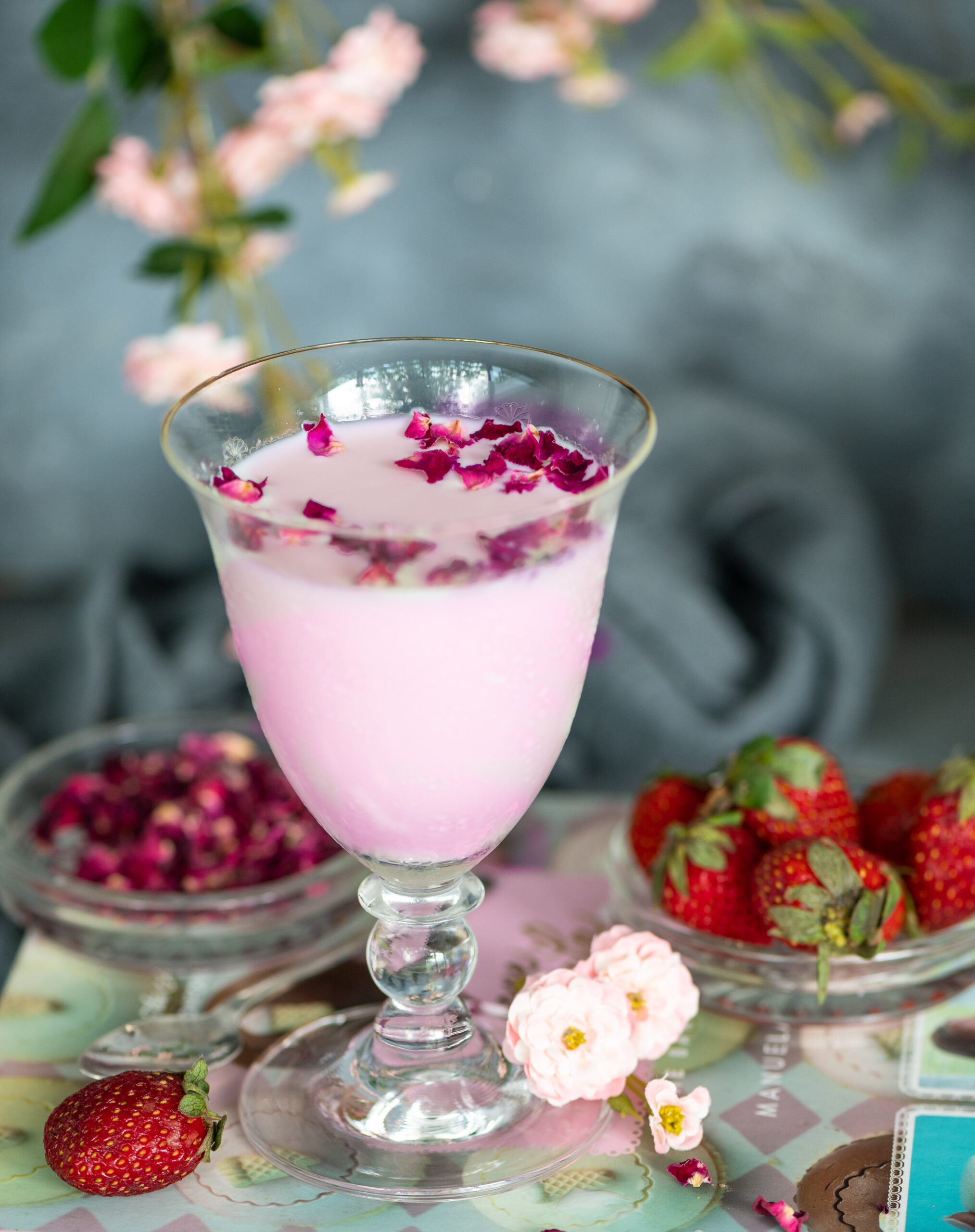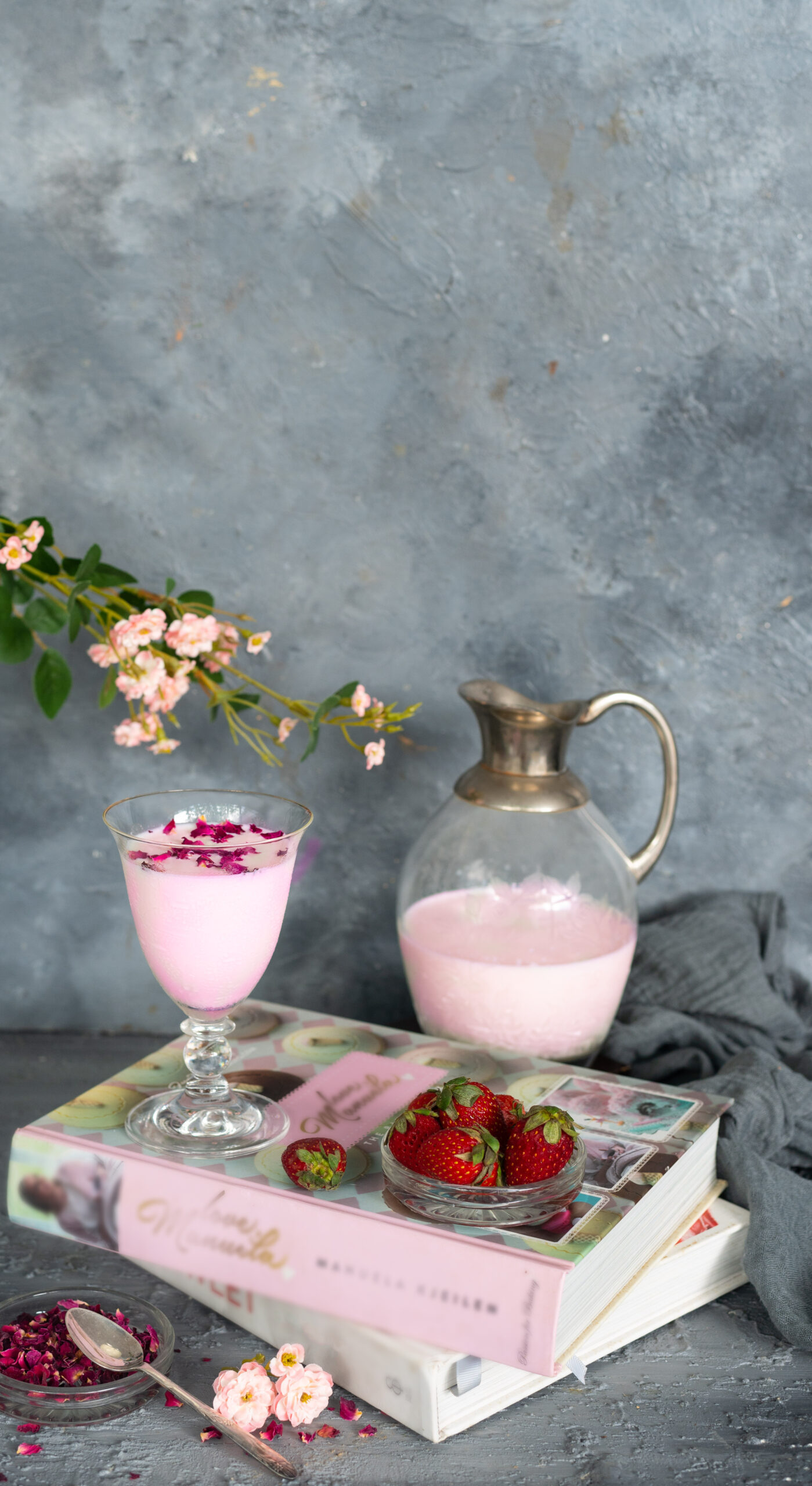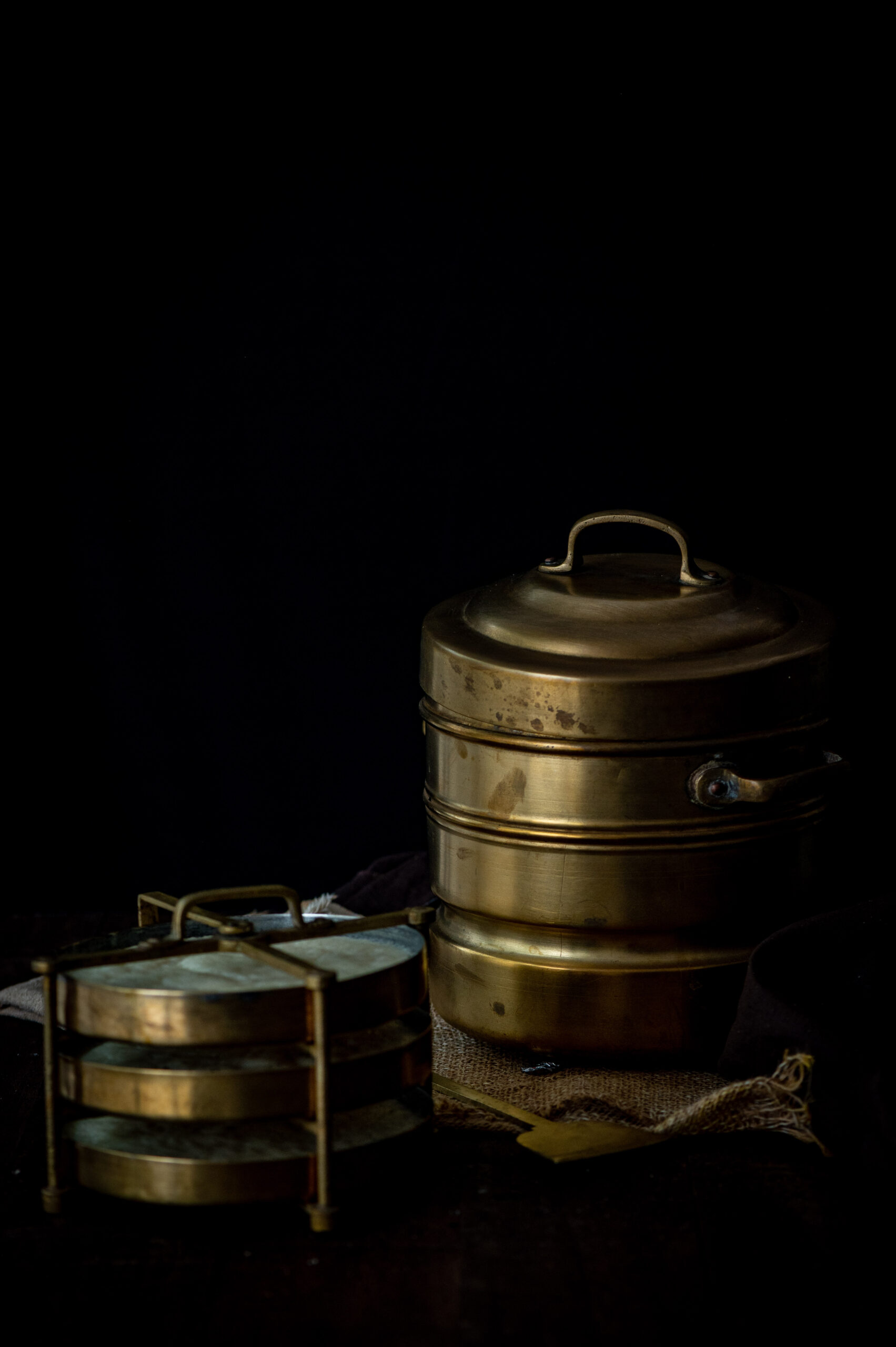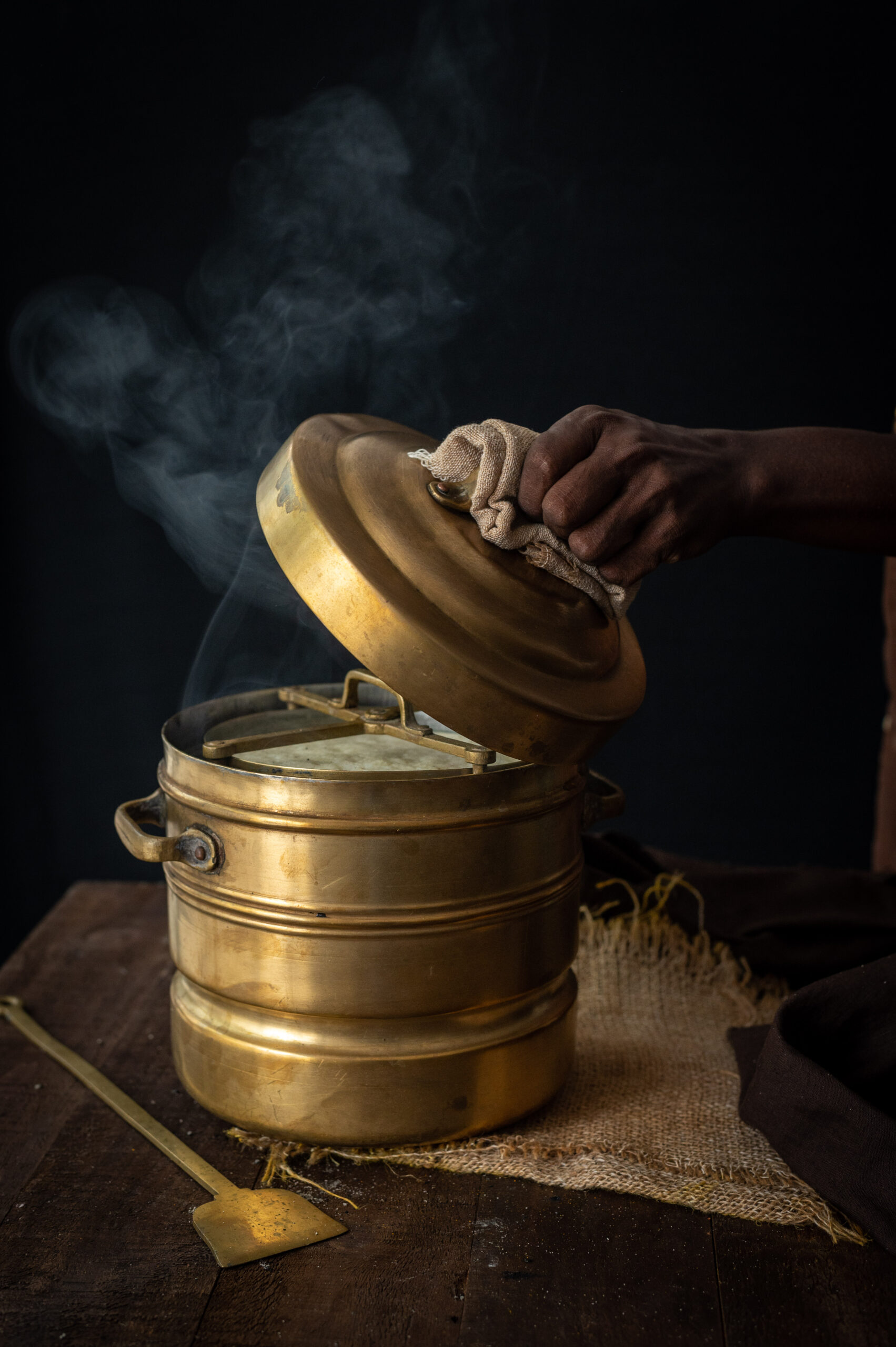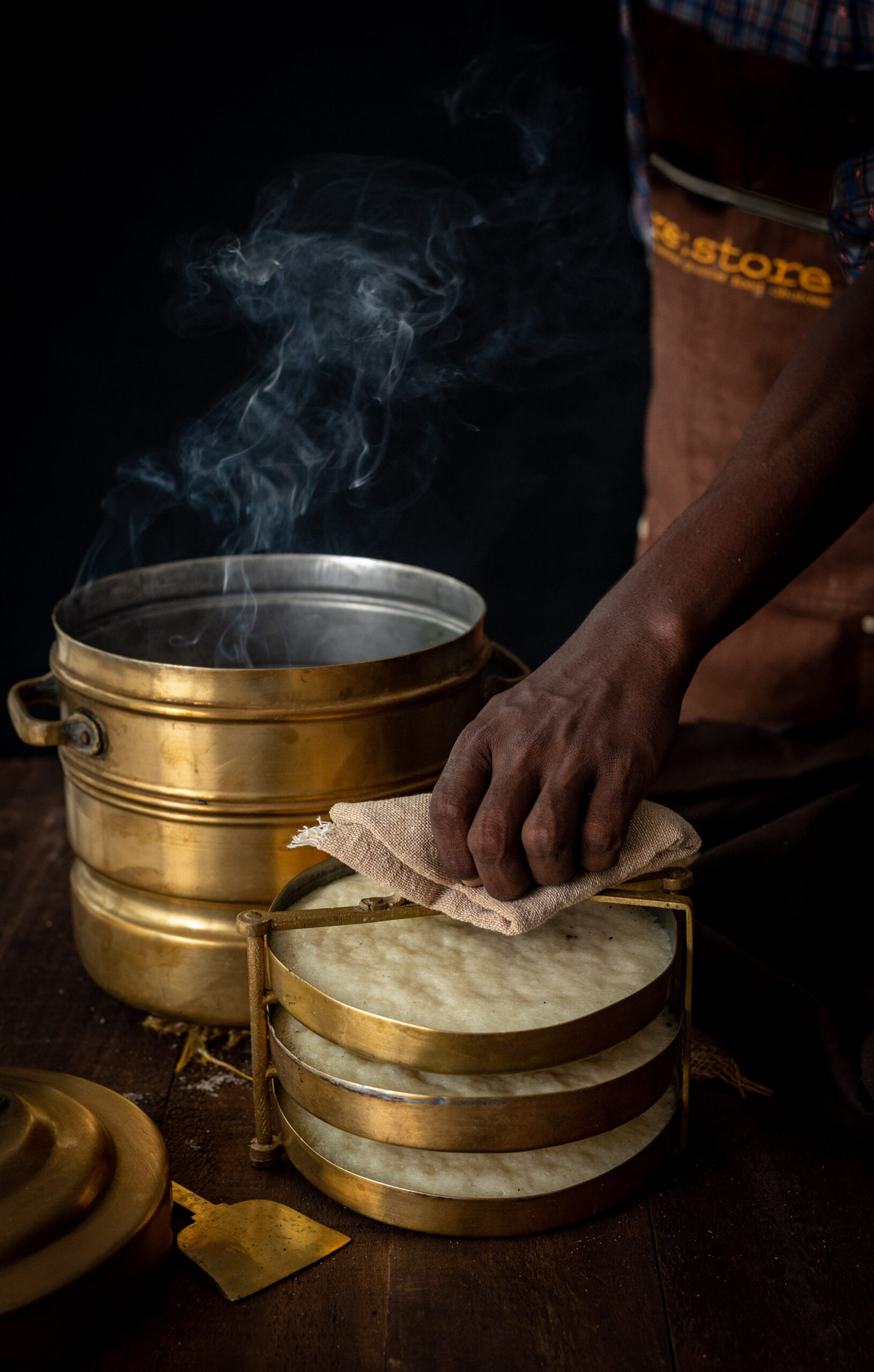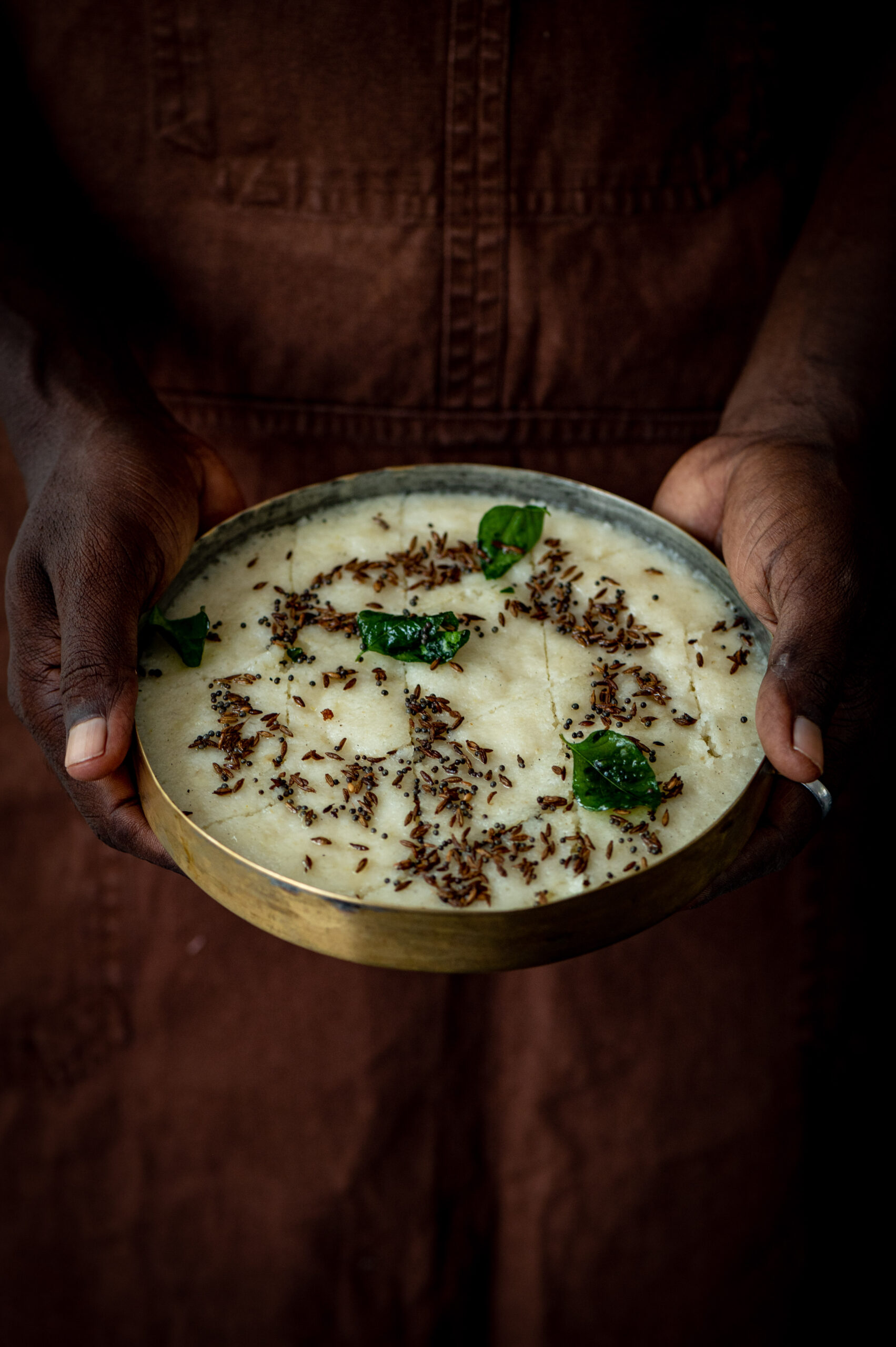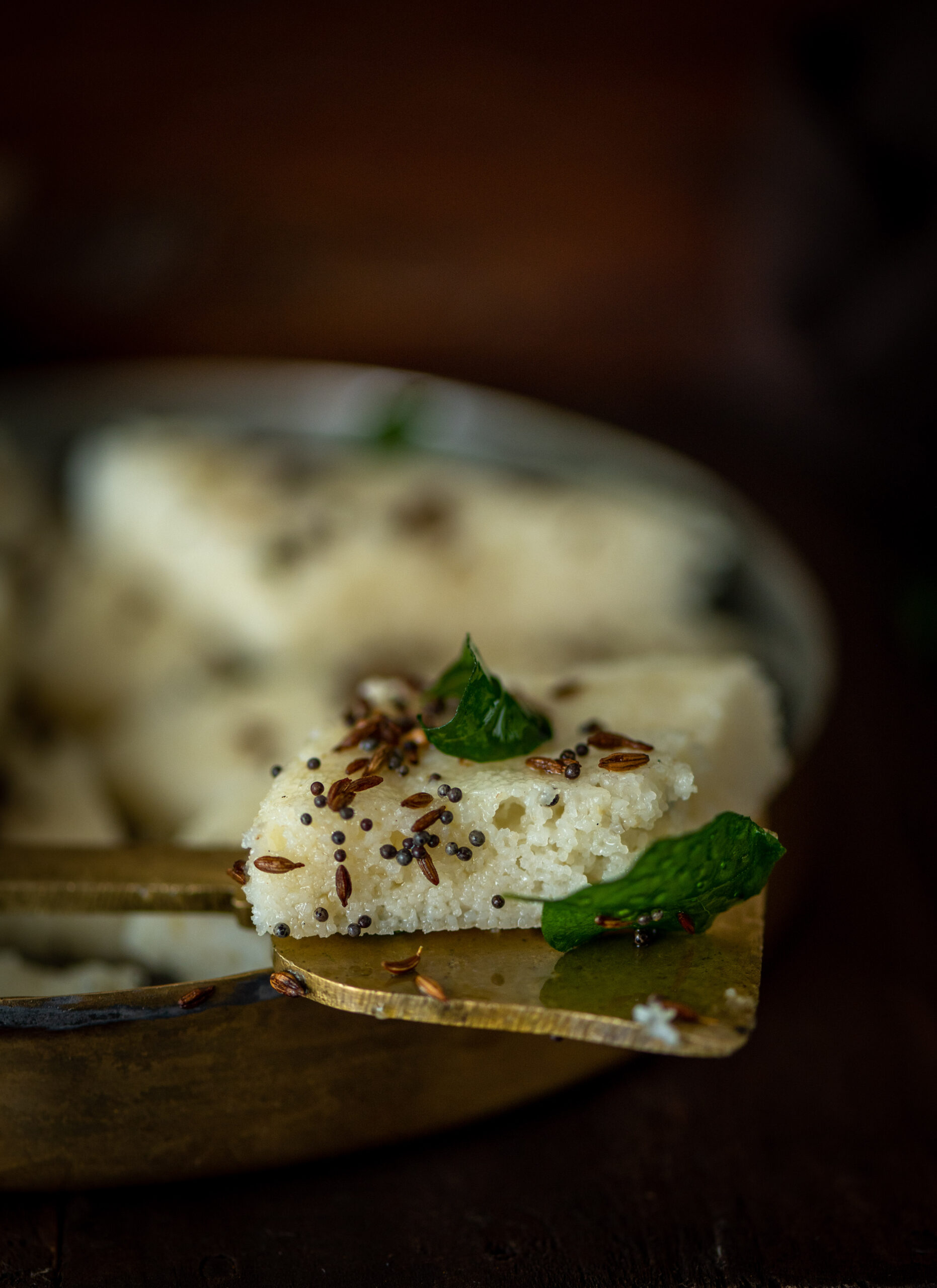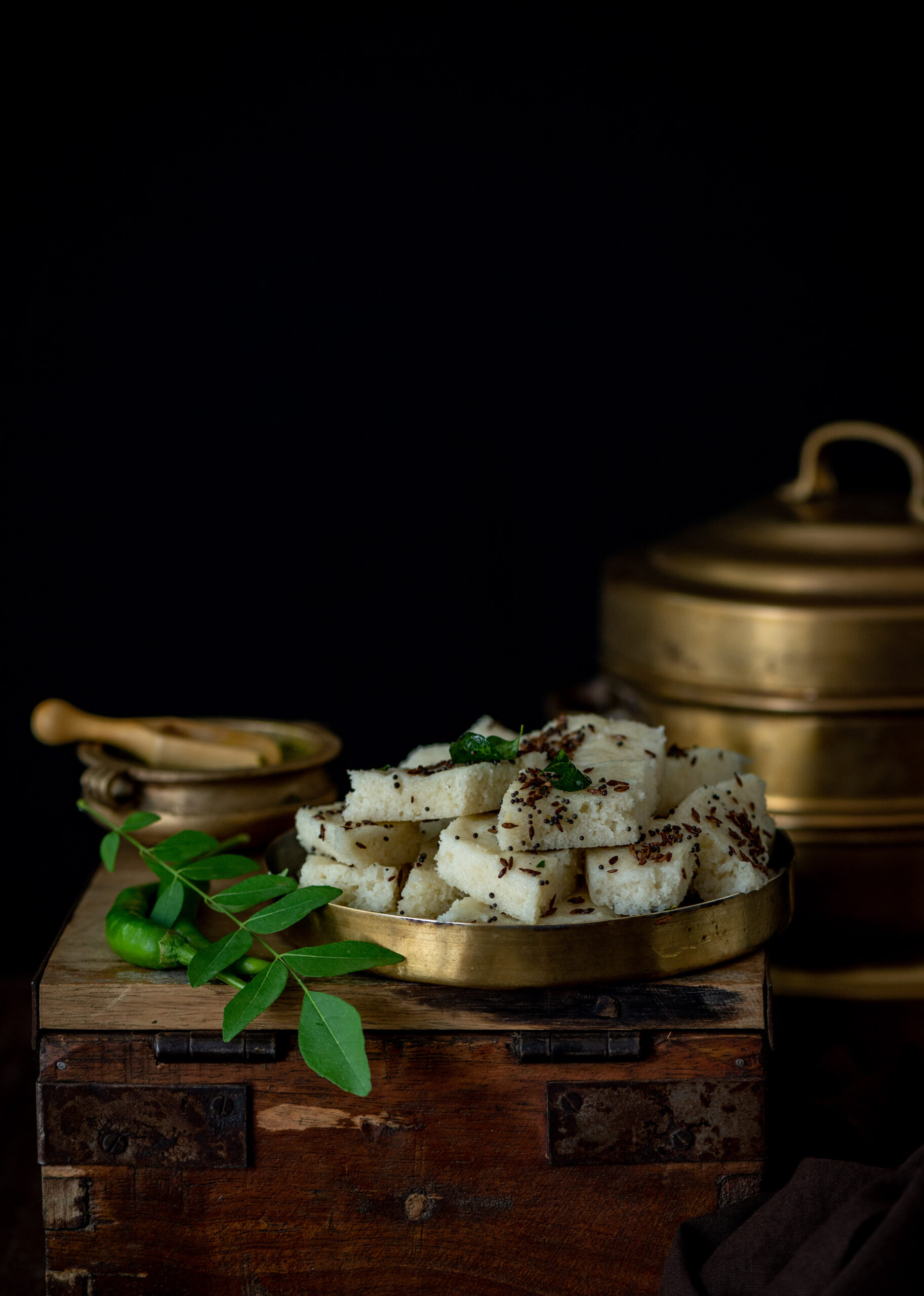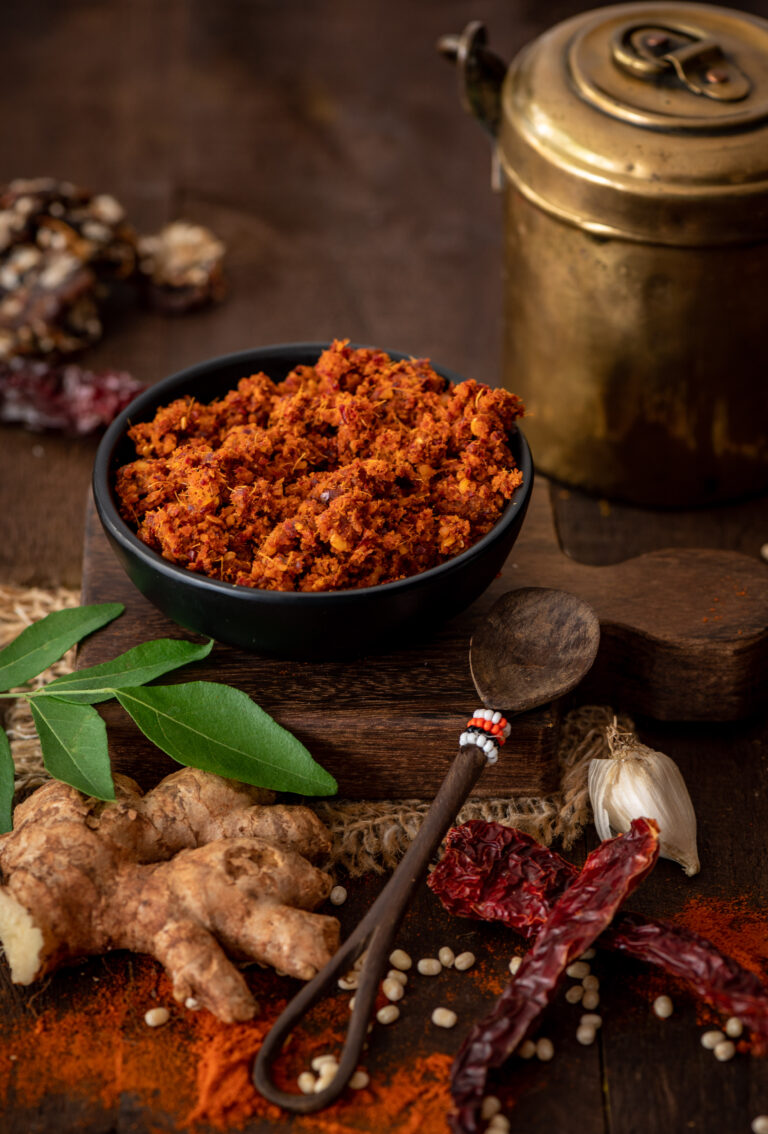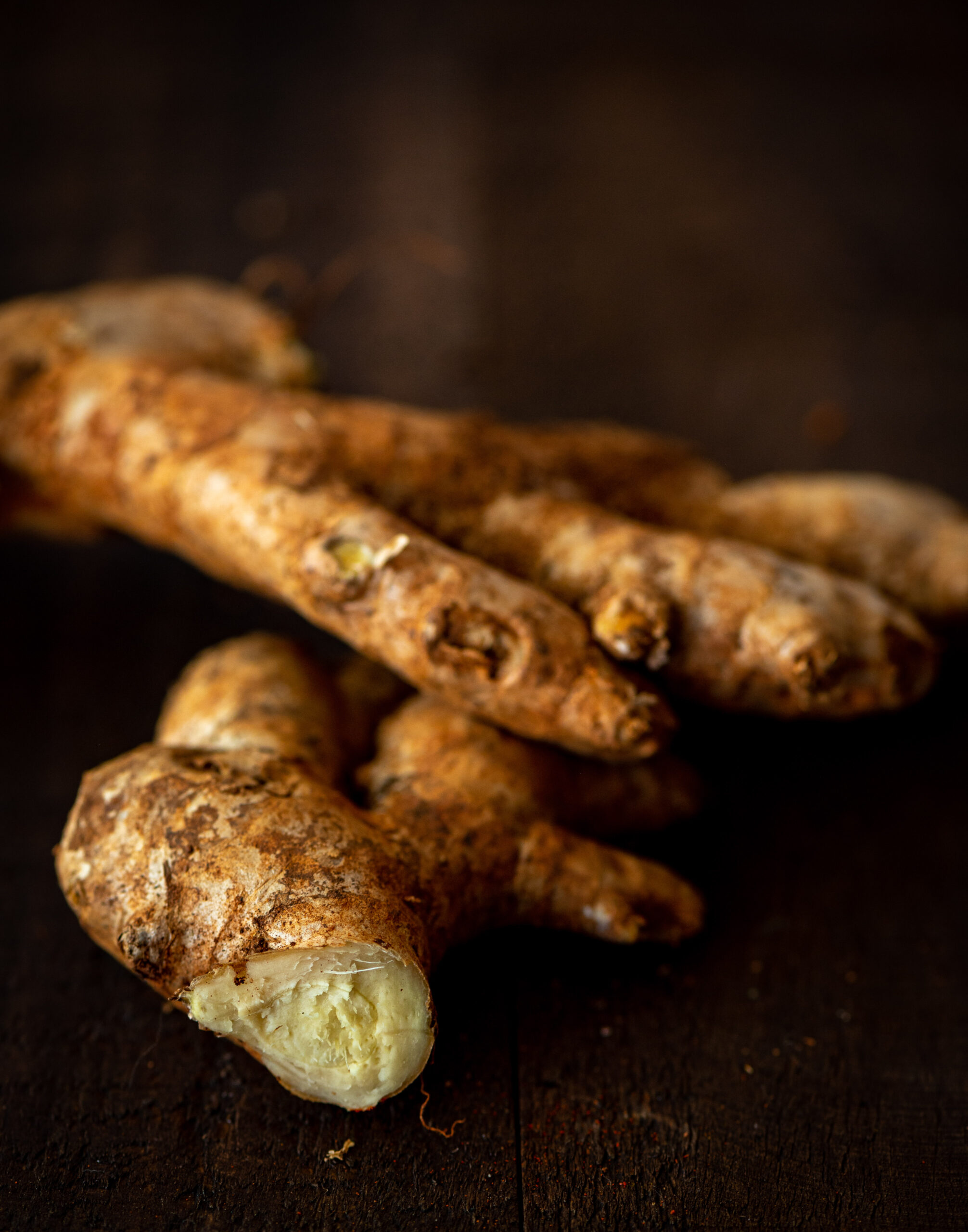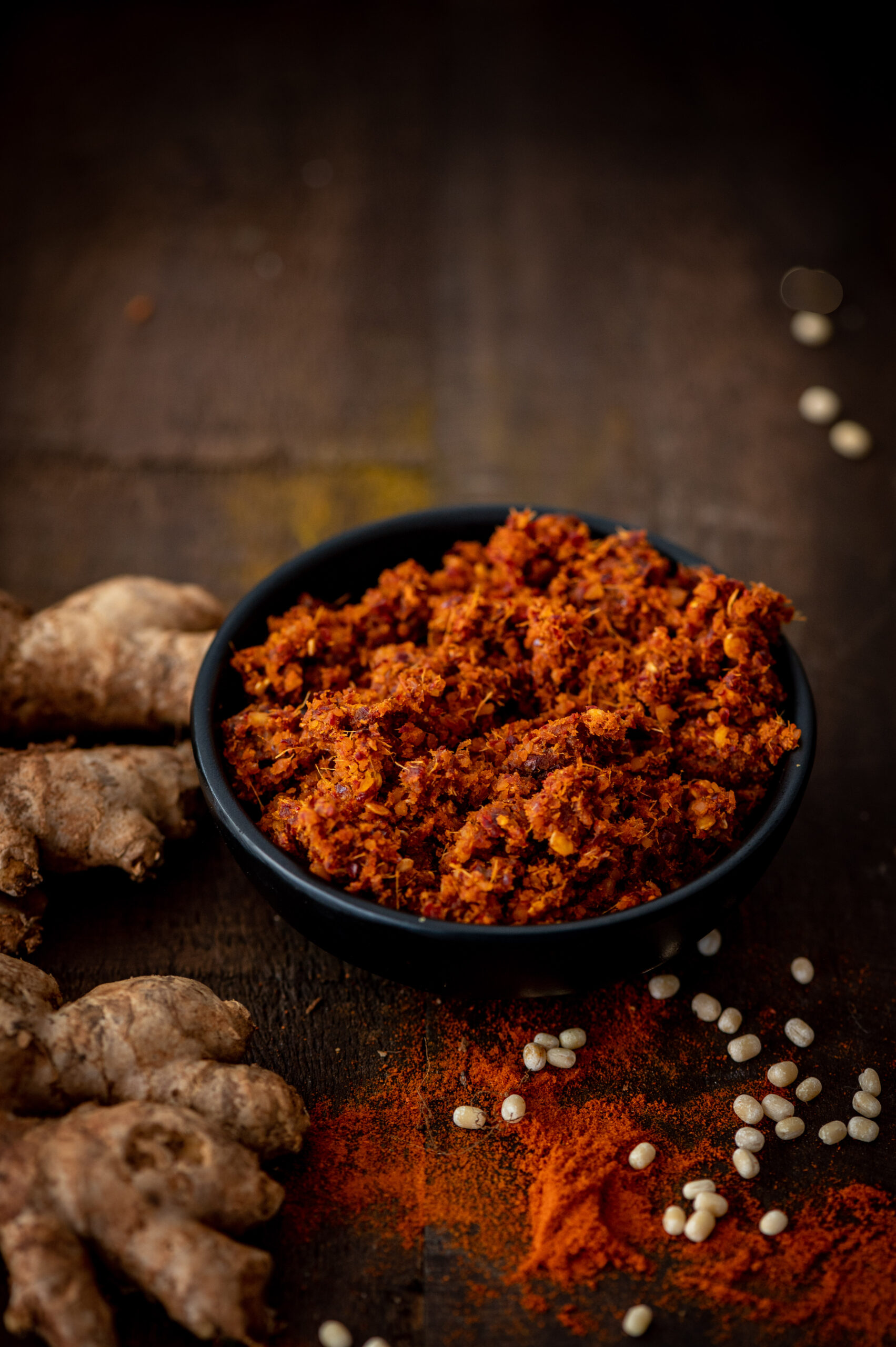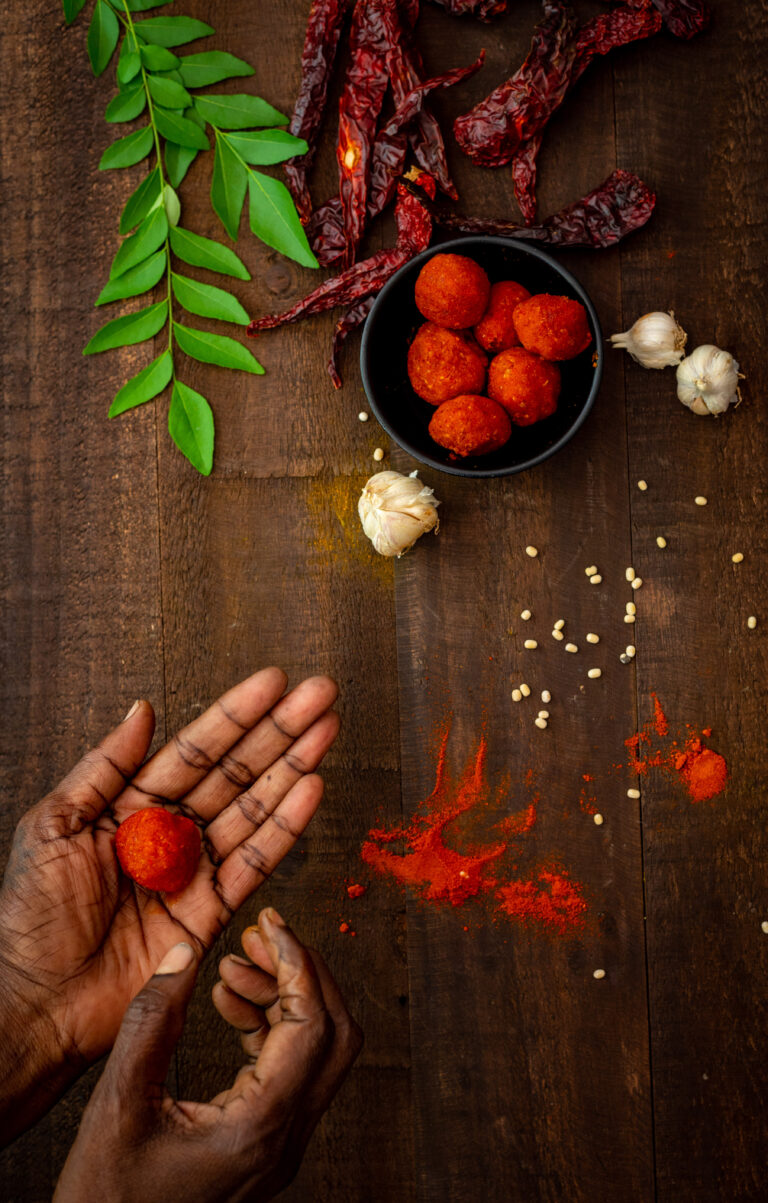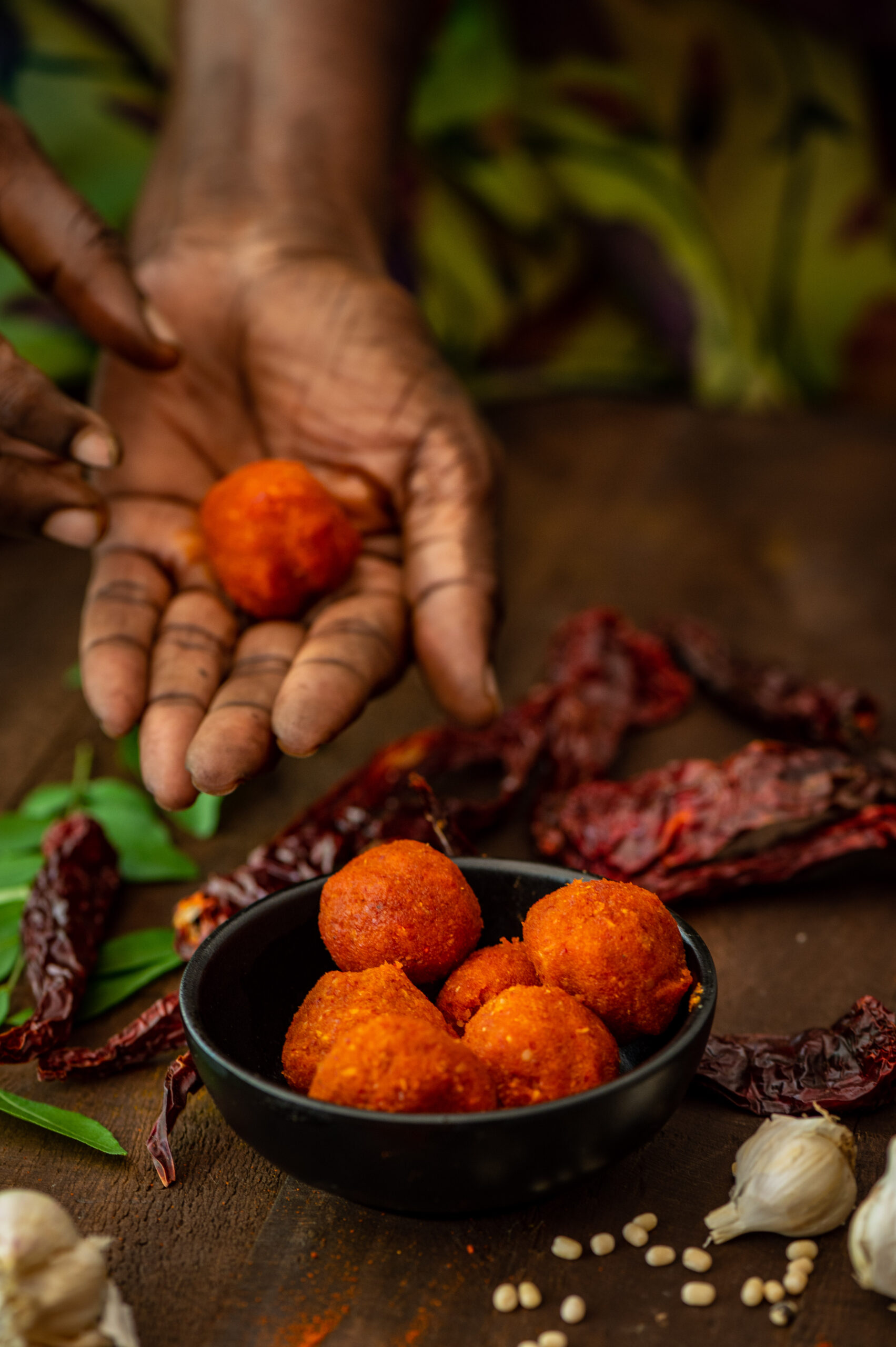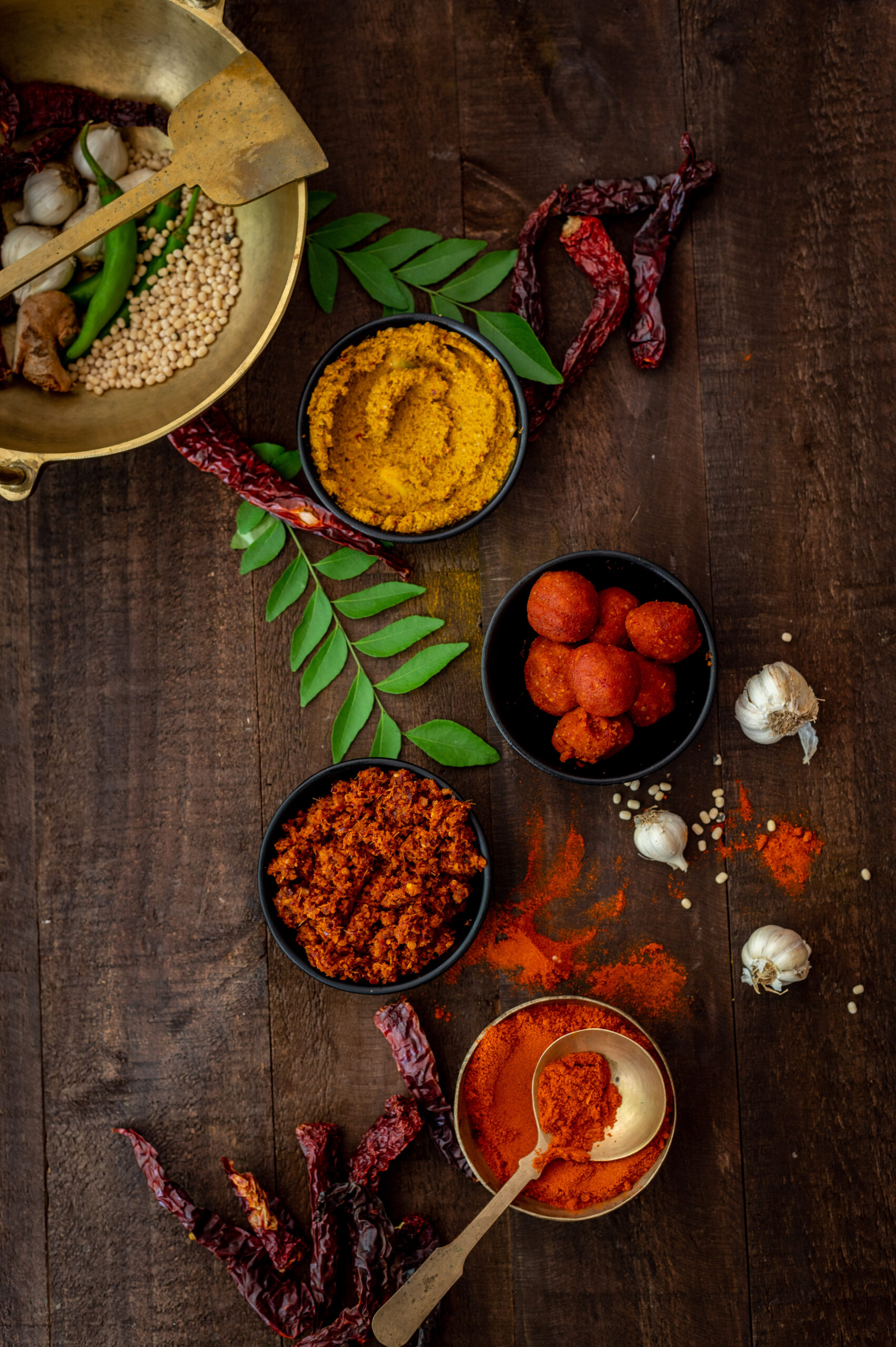Butter biscuits were a bakery-made phenomenon for most families I knew when I was growing up. At that time, there were very few commercial brands on the market (with the exception of Parle-G and Marie) and even then, our little down-the-road bakers were the only ones most of us got our non-homemade confectionery and snacks from. No fancy names or special ingredients: just straightforward, reliably good biscuits that all of us school-going kids enjoyed. When my mother took a baking class, which was considered an unusual hobby at the time, she learned how to make butter biscuits too. I loved the way she made them – crispy, with a distinct flavour and taste. She taught me how to bake them the same way, and that recipe is the very same one I am sharing with you today.
My mother’s biscuits were just a little different from my neighbourhood bakery’s biscuits, and these in turn were just a little different from my college canteen’s biscuits too, as I’ll tell you about in a moment. Even when the recipe is the same, the hands that knead the dough always impart something unique. Every person who tries this recipe out will create their own version, imbued with some distinct signature. It’s just something that happens when it comes to baking, or indeed cooking of any kind.
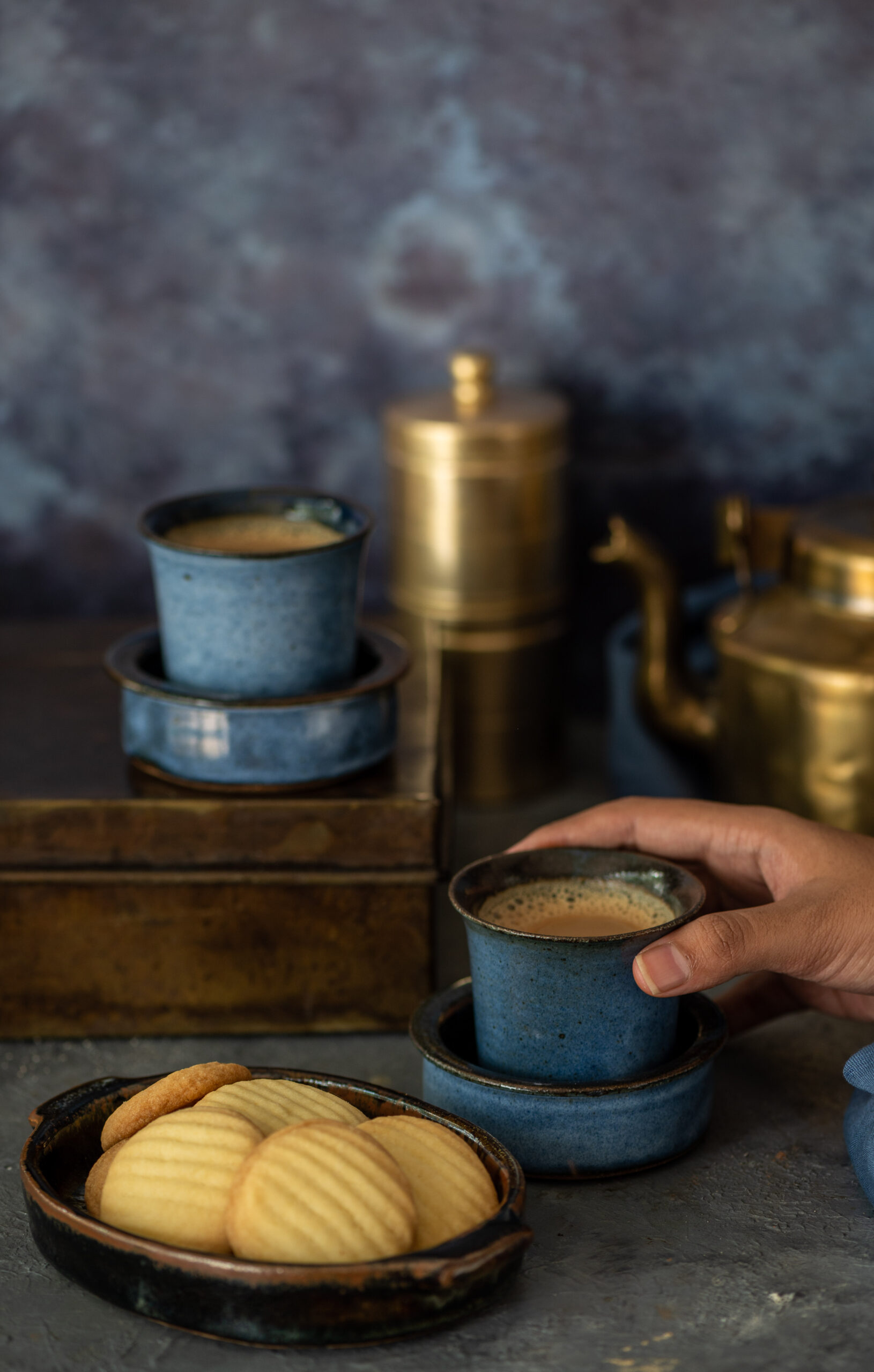
Now, about those butter biscuits that were available at my college canteen: they were a mainstay of my undergraduate experience. Classes began at 7.30am and went on till 2pm, which meant that all of us students were much in need of a snack by the time our break came. We would rush down to the canteen and devour the butter biscuits they sold. These would be kept in a glass jar, from which they would be retrieved without gloves, and were usually split and shared. School and college feel like a simpler world, in which there was a sense of unity somehow. We all opened each others’ tiffin boxes, no one ever went hungry no matter how little she may have brought or have been able to afford, and we all seemed to have robust constitutions despite the lack of hygiene protocols we insist on now.
Those butter biscuits were among the many daily enjoyments we shared. We were mostly coffee drinkers by then, having reached young adulthood, and we’d enjoy our break times with coffee, butter biscuits, whatever was in our home-brought containers and lots of camaraderie before running back to class. Our coffee back then was plain South Indian filter coffee, too. There were no fancy variations available then, but just like this classic butter biscuit that we still return to even today, that traditional and common beverage is still the perfect pick-me-up for many of us.
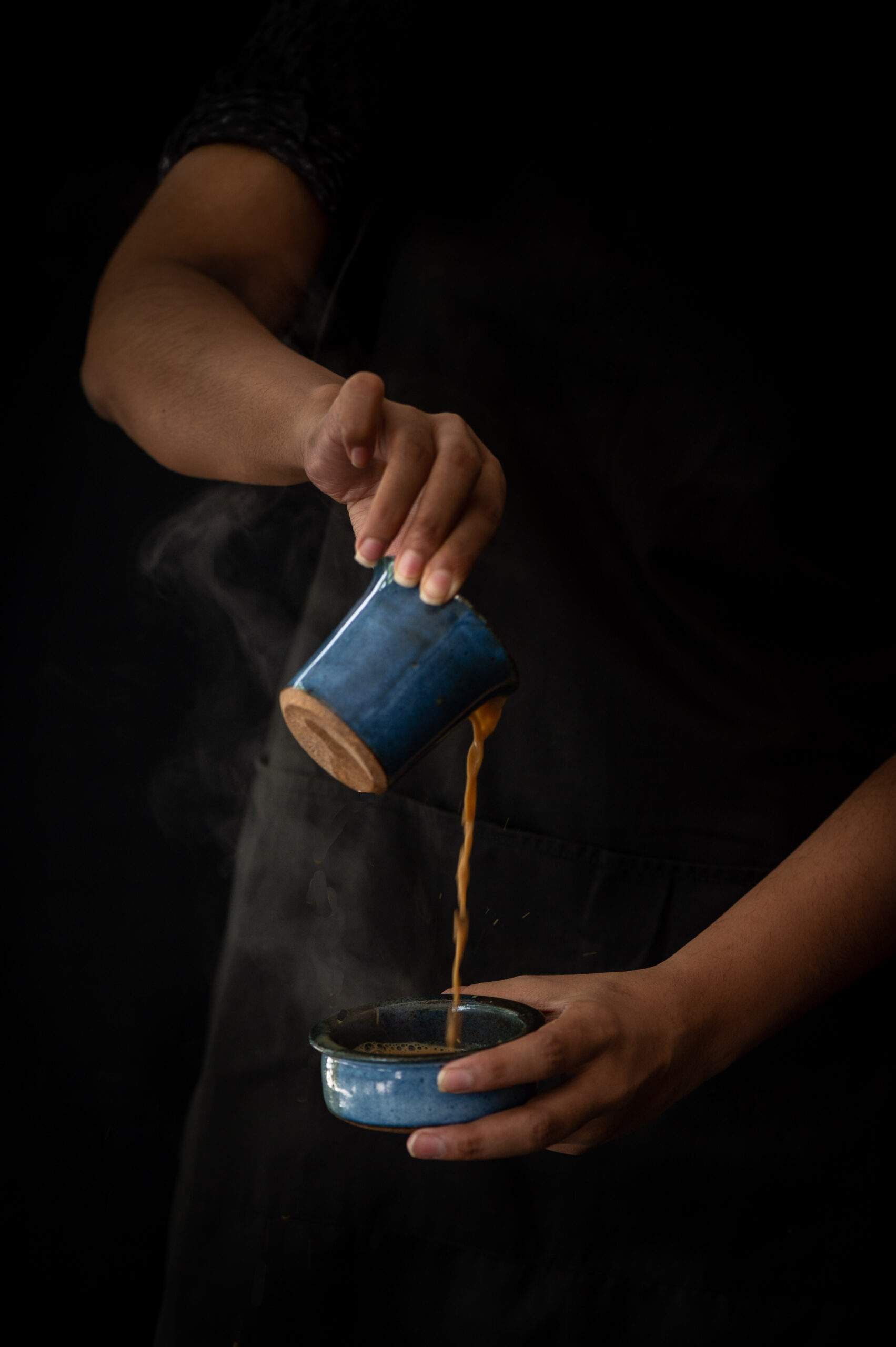

I was a Fine Arts student and as soon as I graduated, I found a job at an advertising agency. In those days, nothing was computerized as yet, and we did all the work by hand. I was a designer, and I recall long hours of poring over my table, painstakingly creating ads for different companies. Break times were as much-awaited as they had been during college, and my colleagues and I would send one of the office assistants down the road to a local shop that had some fabulous butter biscuits. We would enjoy these with our coffee or tea before putting our thinking caps back on and getting back to our clients’ briefs. Like many young women of my generation, I left that job when I got engaged. In fact, my family had been against me going to work at all, but I had not wanted to stay at home and just wait to get married. I had enjoyed putting the skills I gained in college to good use, even if I was compensated only with a stipend of just Rs350 a month, which just about covered my bus fare! When I told my boss that I was quitting, he must have realised my value as an employee, for he offered to raise my stipend to a salary of Rs3000 a month. This was a princely sum in those days, but life had other plans for me, and while I left my designing career behind back then, my experience in the visual arts has certainly influenced my career as a photographer. Sometimes, when I shoot for a client, I recall that very first job as a fresh graduate with a smile.
In the present day, it’s my own butter biscuits that are my go-to whenever I take a break. I prepare them for my family all the time, and we relish them over tea. They’ve followed me through all these stages of my life, baked by various people along the way – each just a little different, with some slight change in the technique or the ingredients or simply the baker’s touch reflecting in the final taste. This one has a little hint of salt, and that’s one of the elements that I think makes it distinct for me.
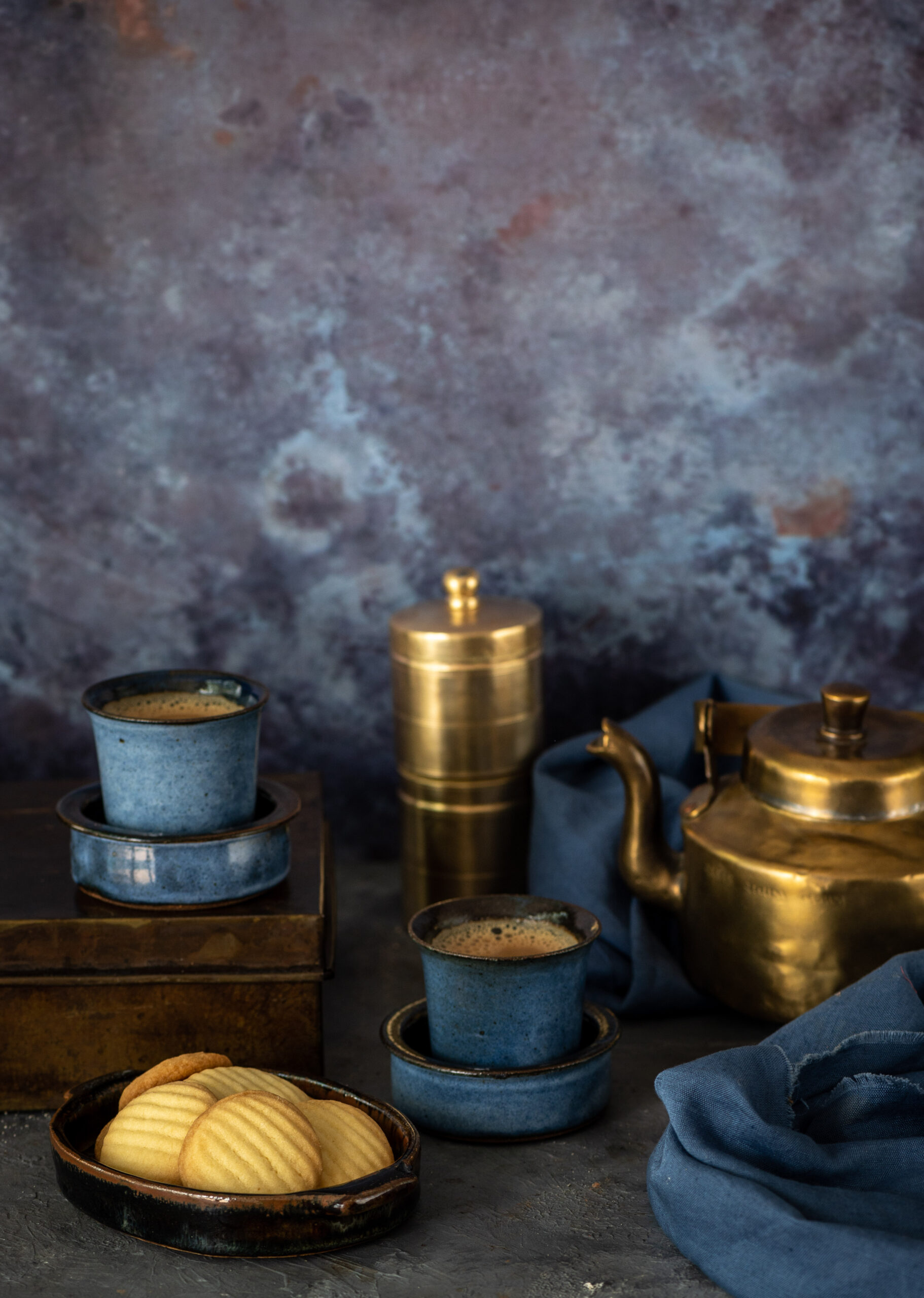
This recipe I am sharing today may seem very familiar to you too. It’s a basic one with basic ingredients, and this is what I like about it. It’s the kind of snack that almost everyone would have had at some point in their life. Perhaps your own fond memories of butter biscuits and bakeries past will be evoked when you whip a batch up in your own kitchen! I’d love to hear about your reminiscences in the comments, and I hope you’ll share them.
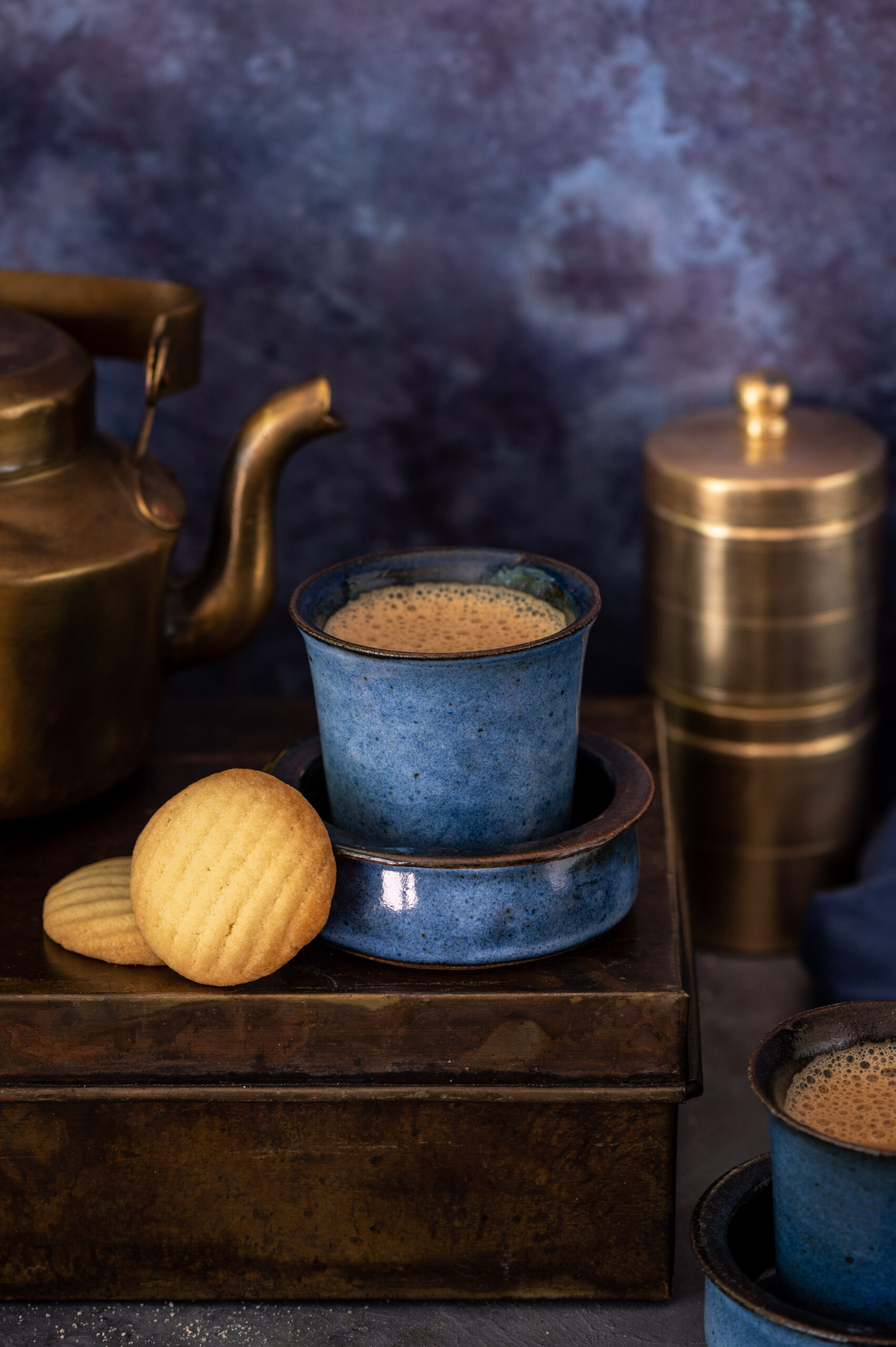
Butter Biscuits
(Yield: Approximately 15 small biscuits)
100 grams unsalted butter
60 grams finely powdered sugar
120 grams maida
¼ teaspoon salt
½ teaspoon vanilla extract
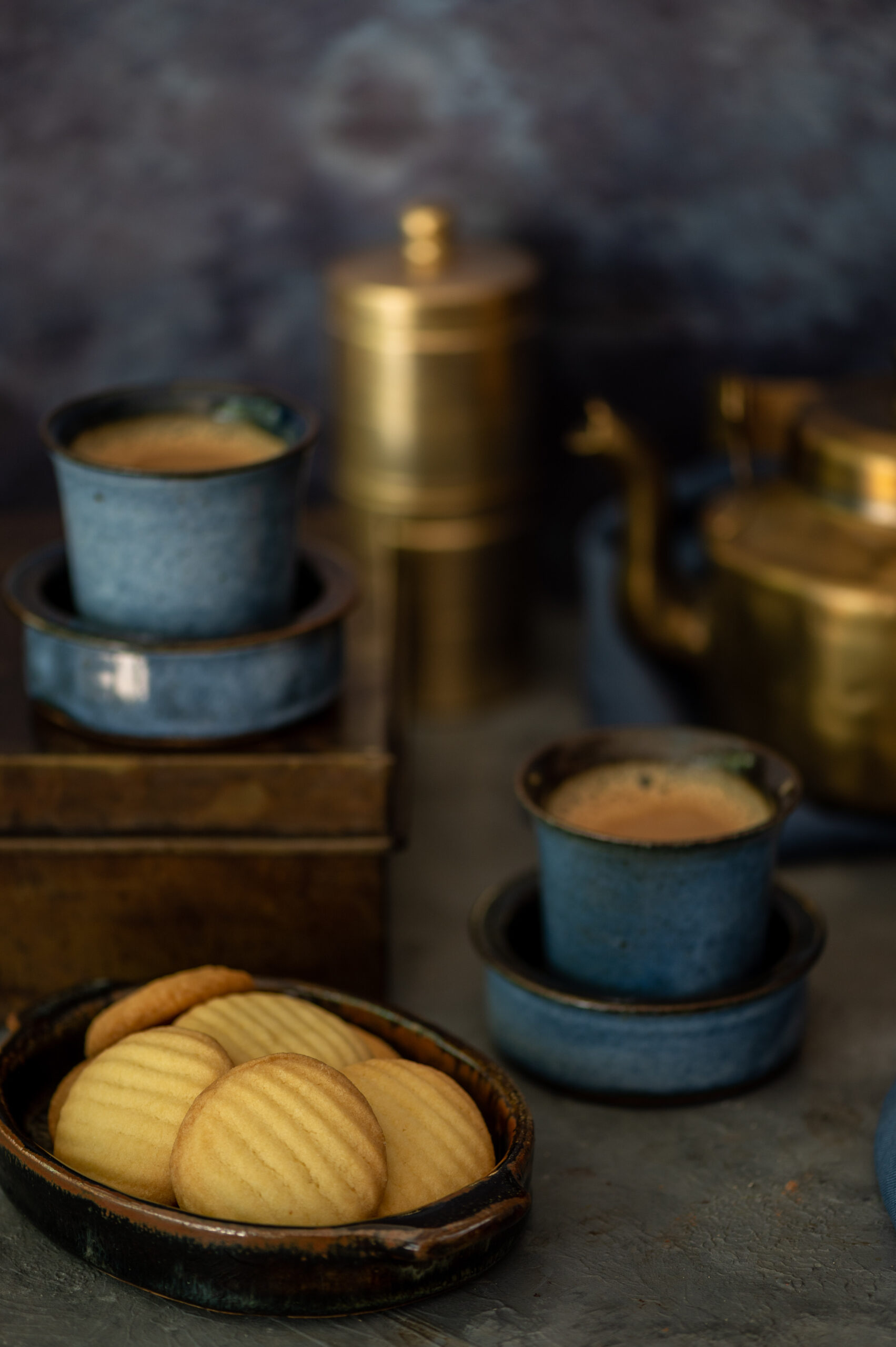
Beat the butter and the sugar together until light and fluffy. Aerating the mixture makes for softer biscuits.
Once the mixture is fluffy, add the remaining ingredients and mix well with your hands.
Cover in cling film and refrigerate for 20-30 minutes.
Make rolls with the dough. Flatten slightly. I used a mound to press the individual dough rolls in, to give them a pretty look.
Bake in the oven for 12-15 minutes or until the biscuits turn slightly golden at the edges. They may appear partly white, but don’t worry. They will not be under done.
Transfer onto a wire mesh and allow to cool before you enjoy them.
How will you have them: as an accompaniment to tea or coffee, or on their own? I’d love to know. No matter how many snack companies line the supermarket shelves today, there’s nothing like a simple butter biscuit, freshly made. I wouldn’t be surprised if the delicious aroma of these butter biscuits fills your own kitchen on a regular basis soon!
